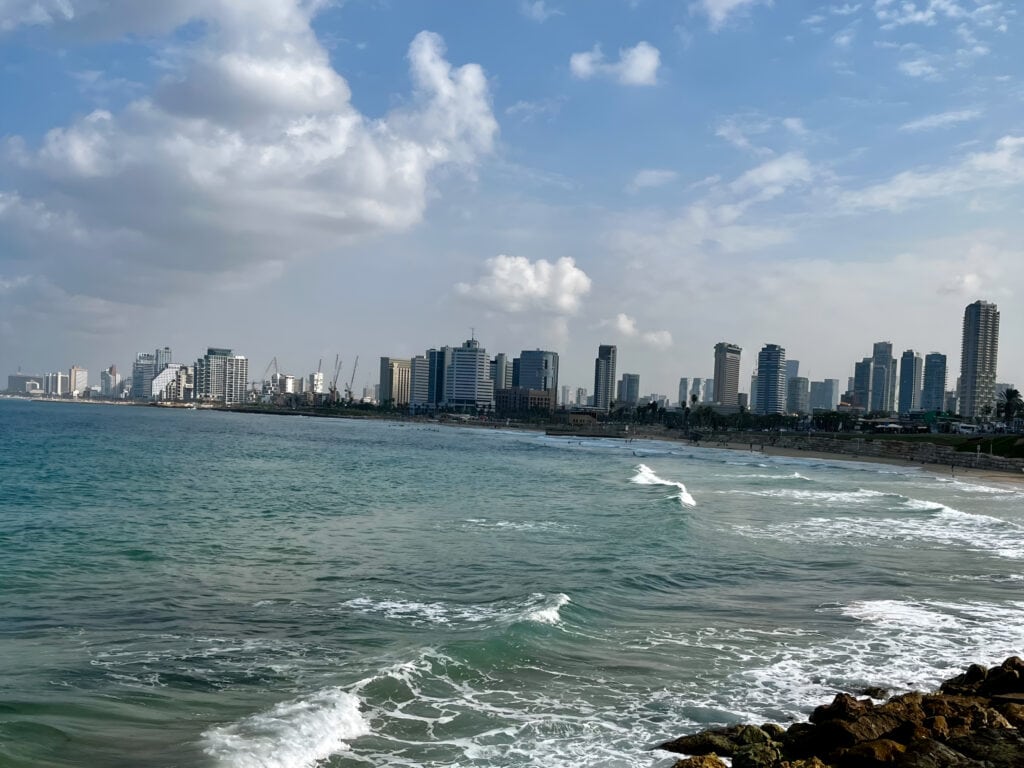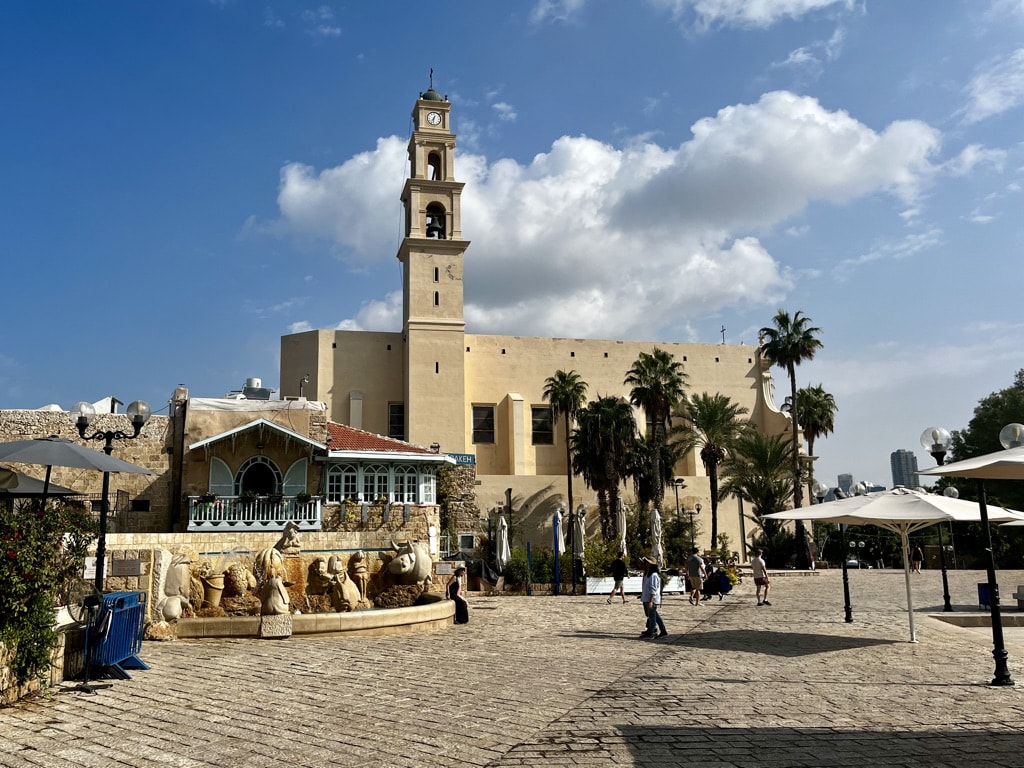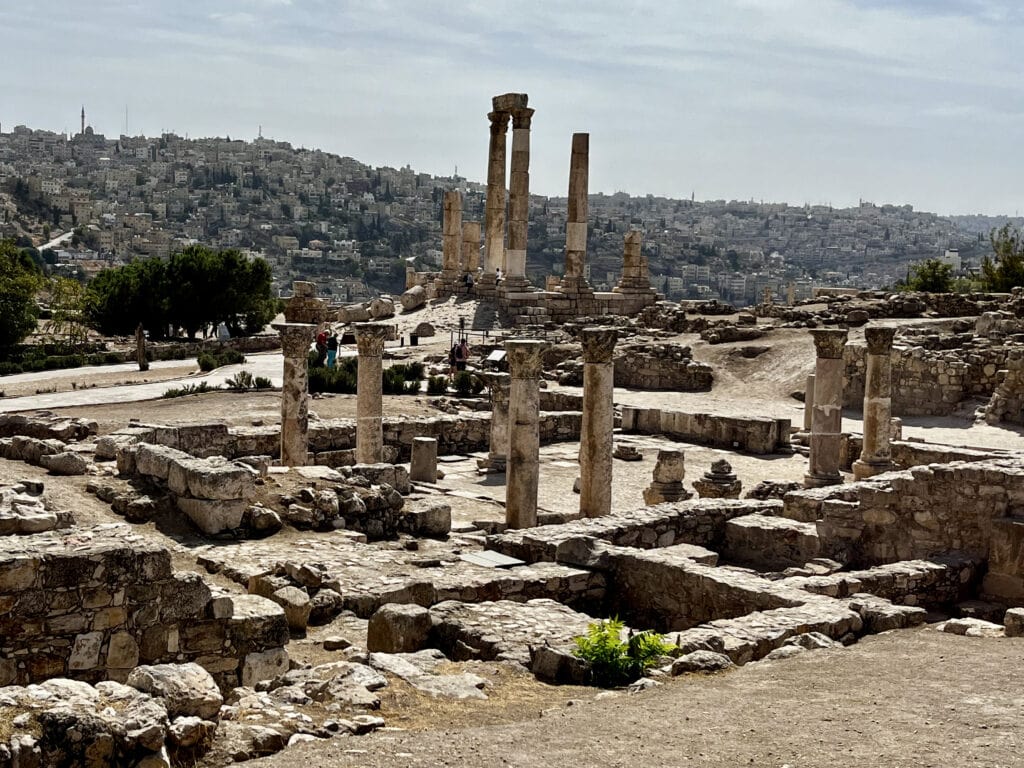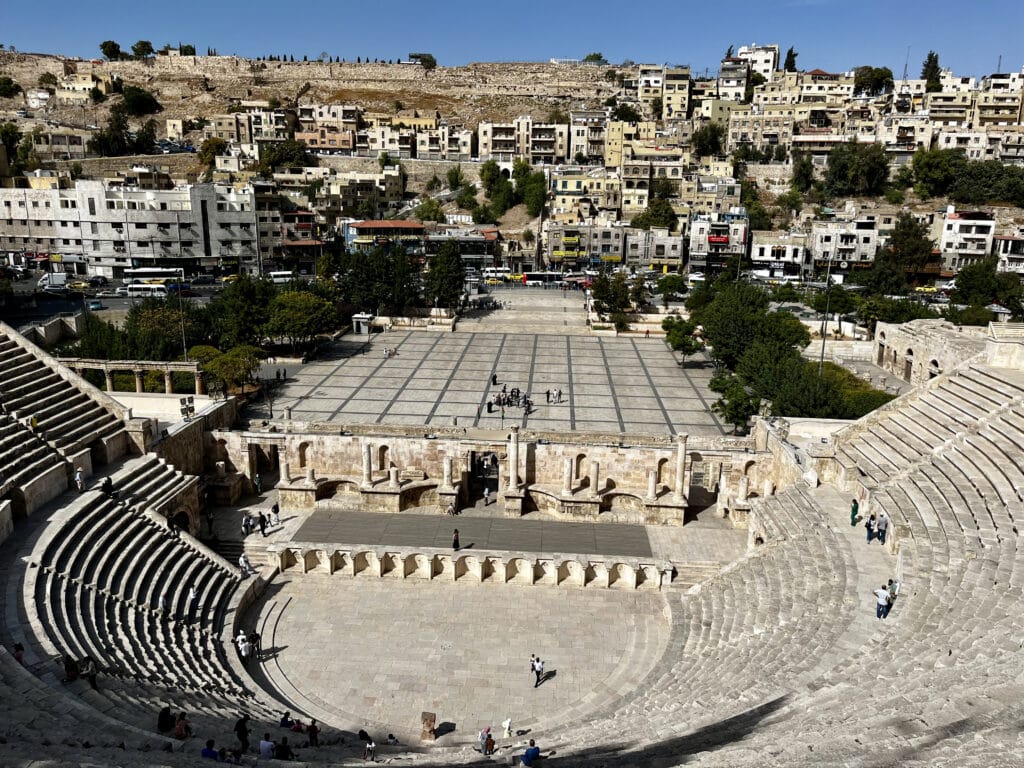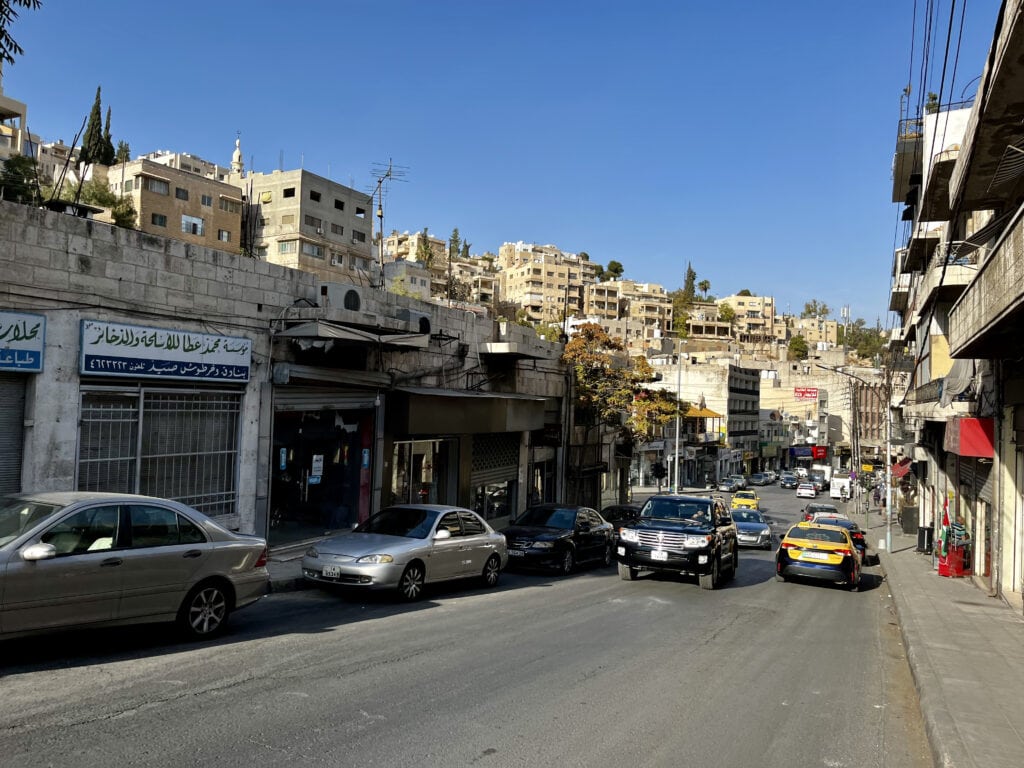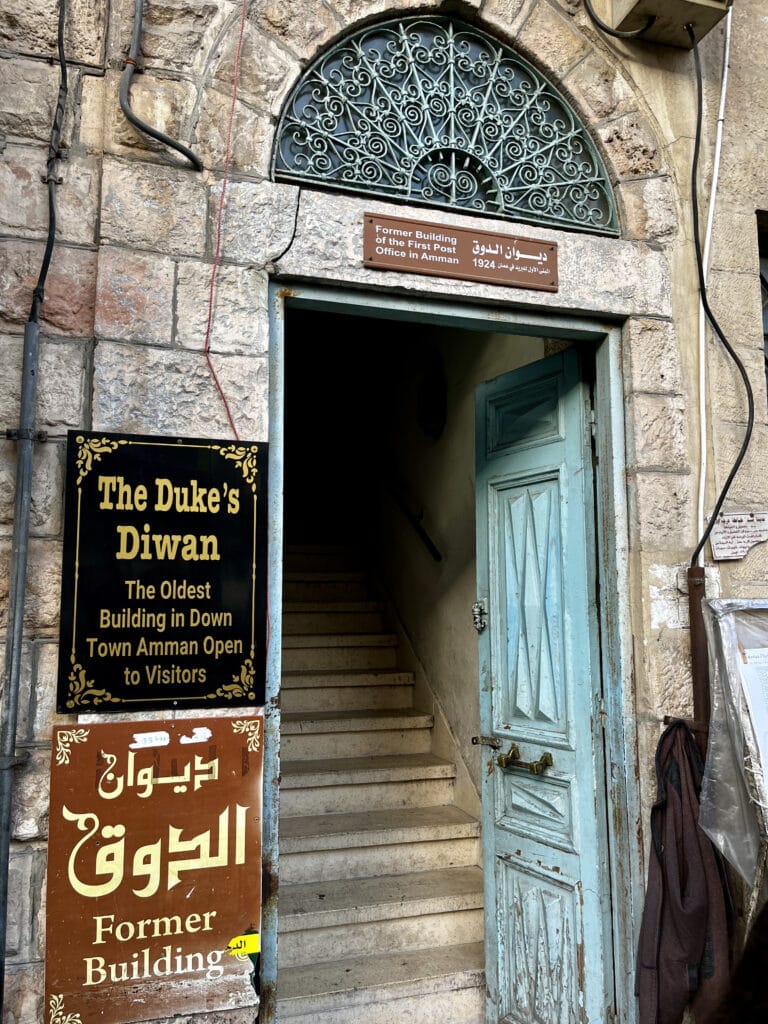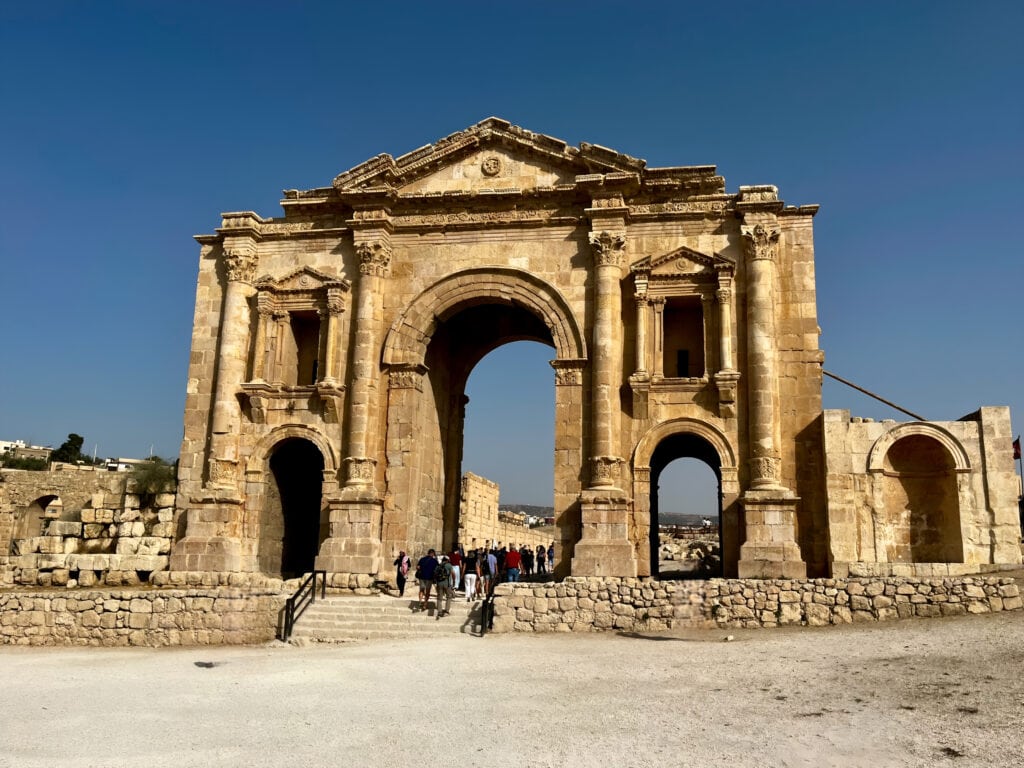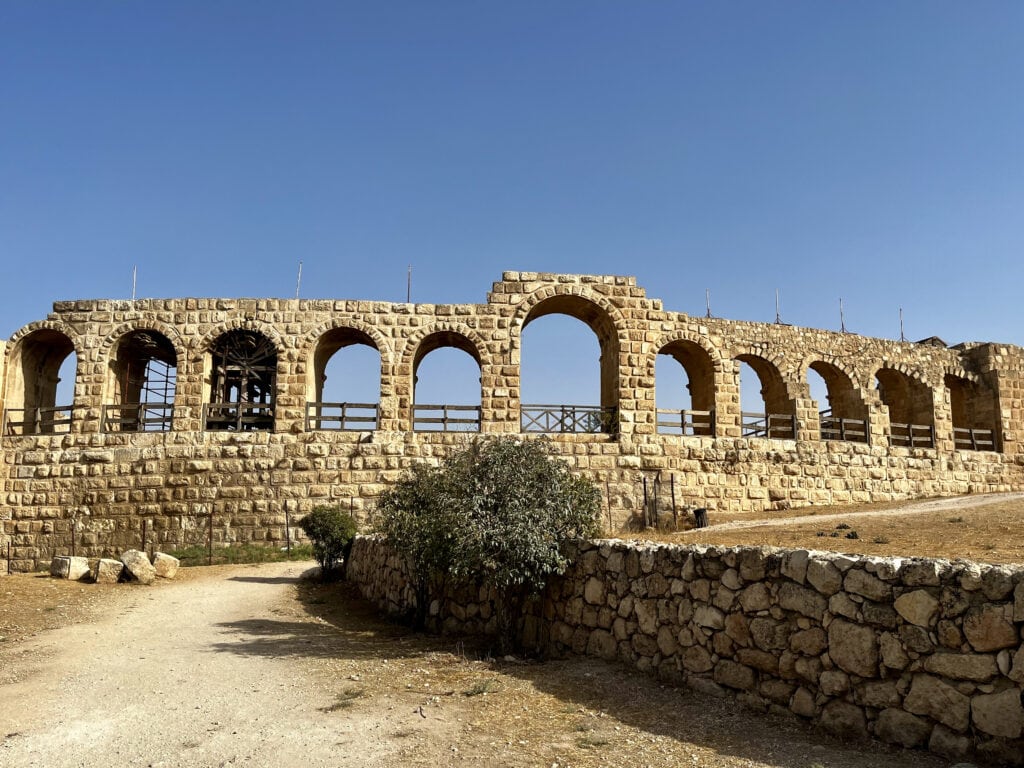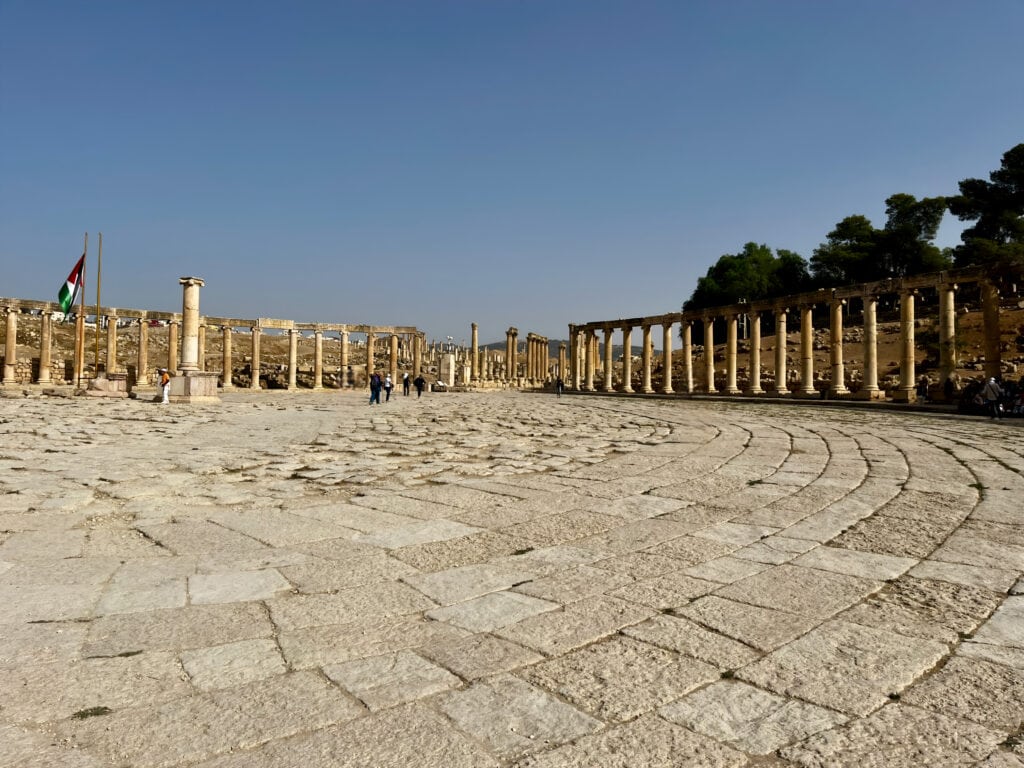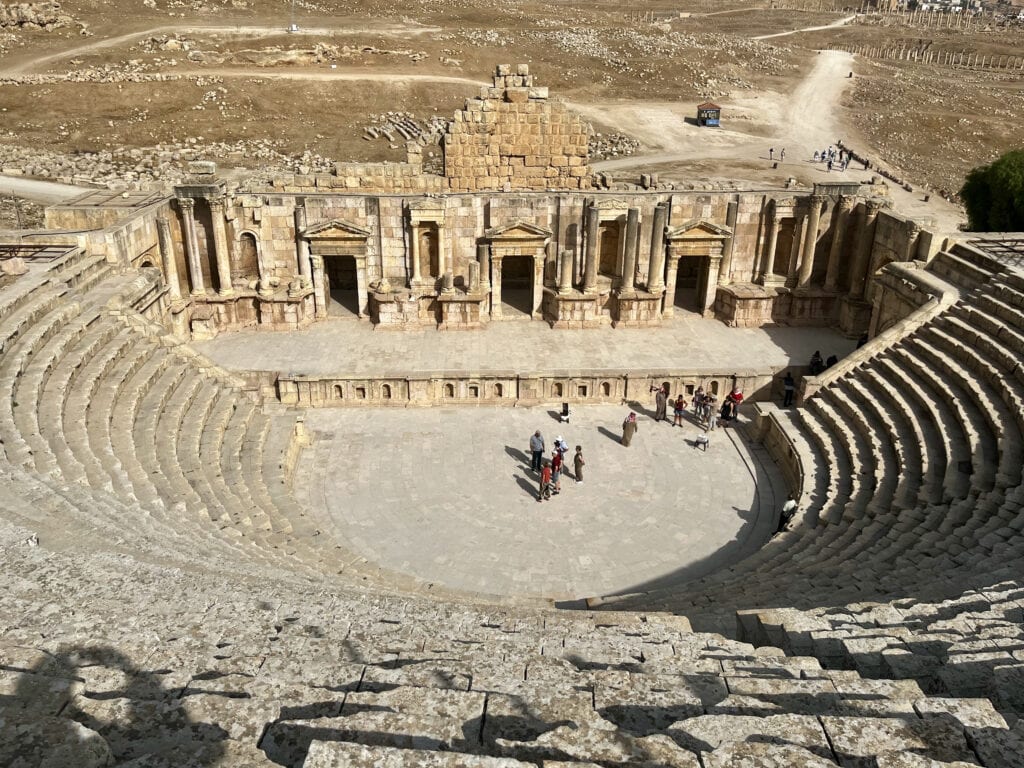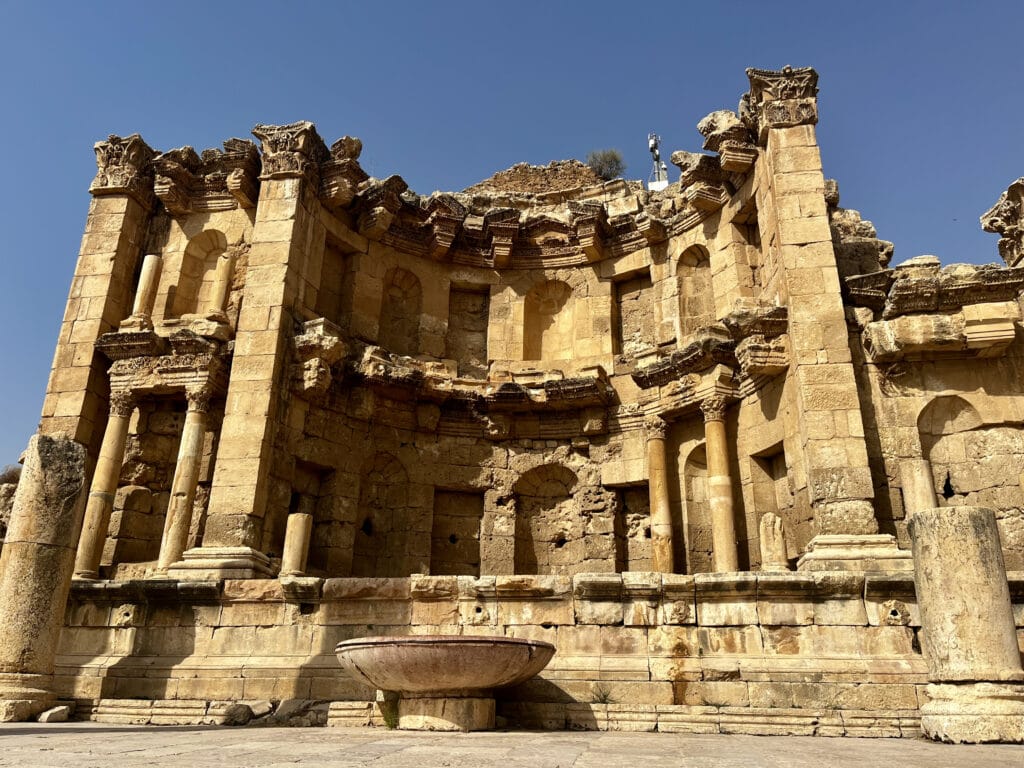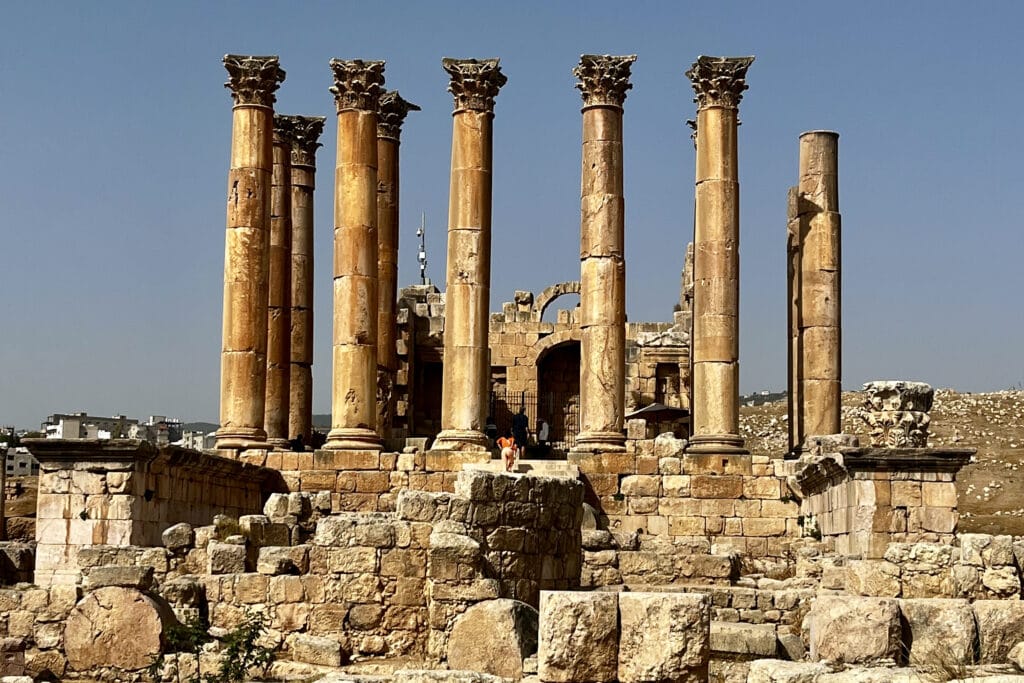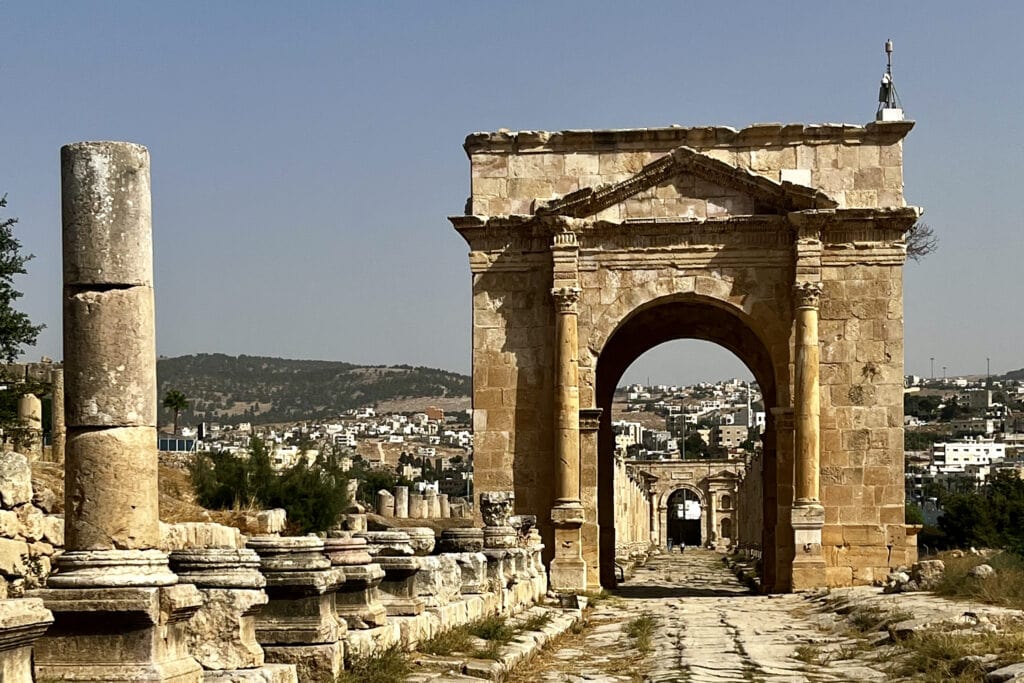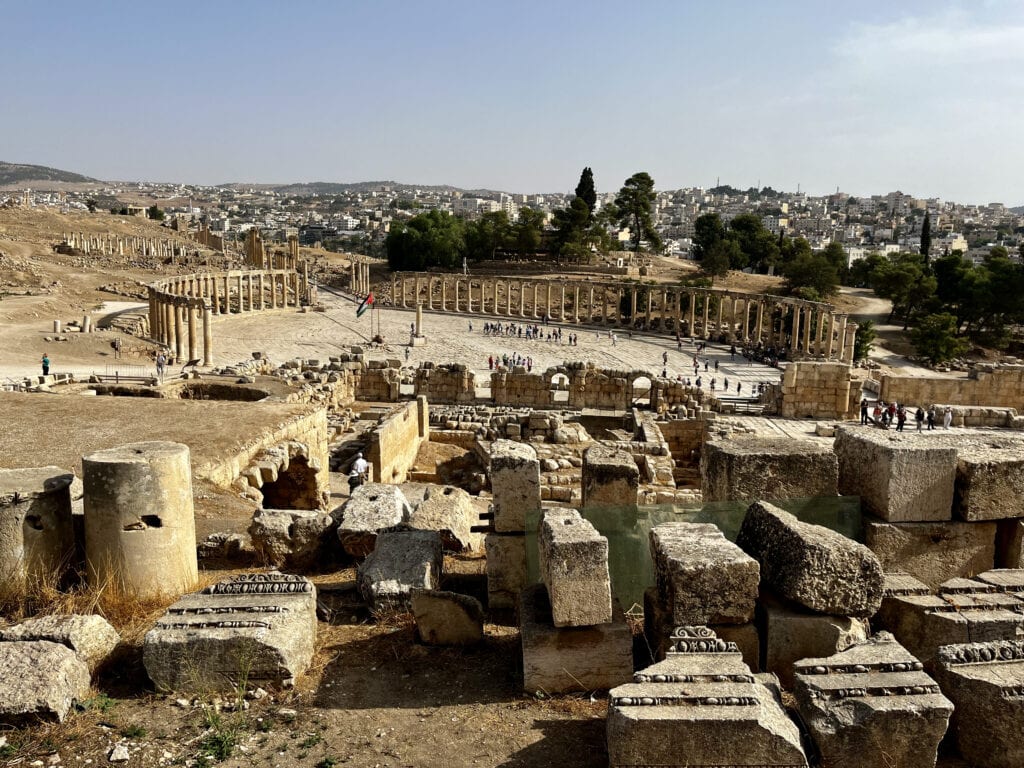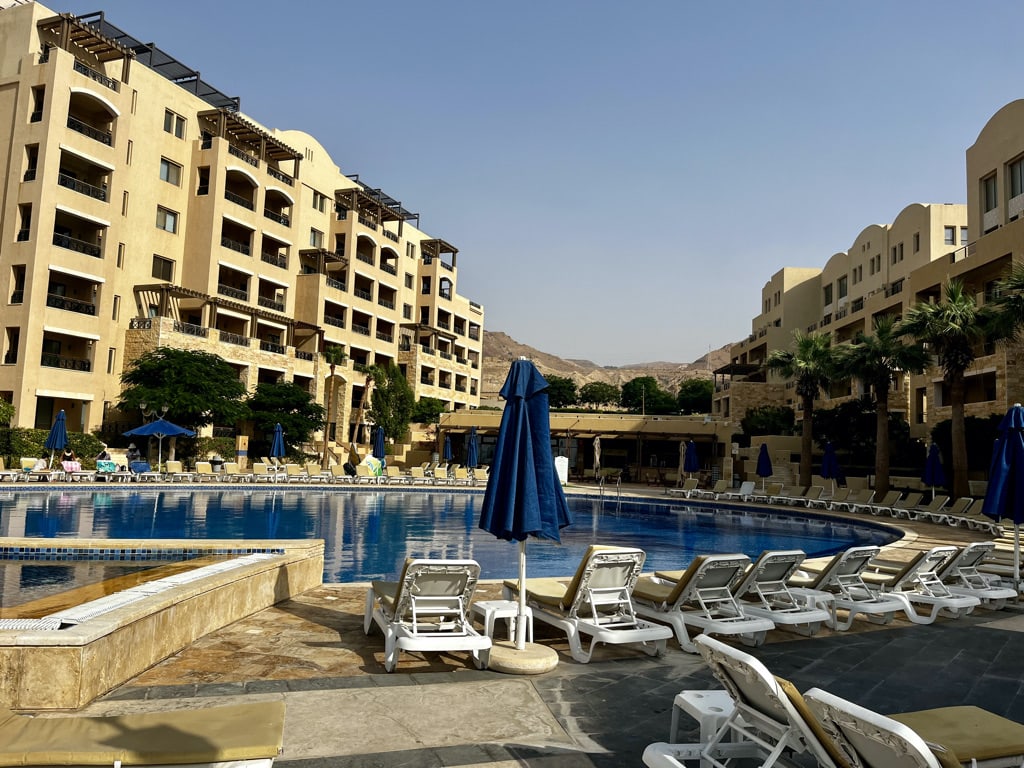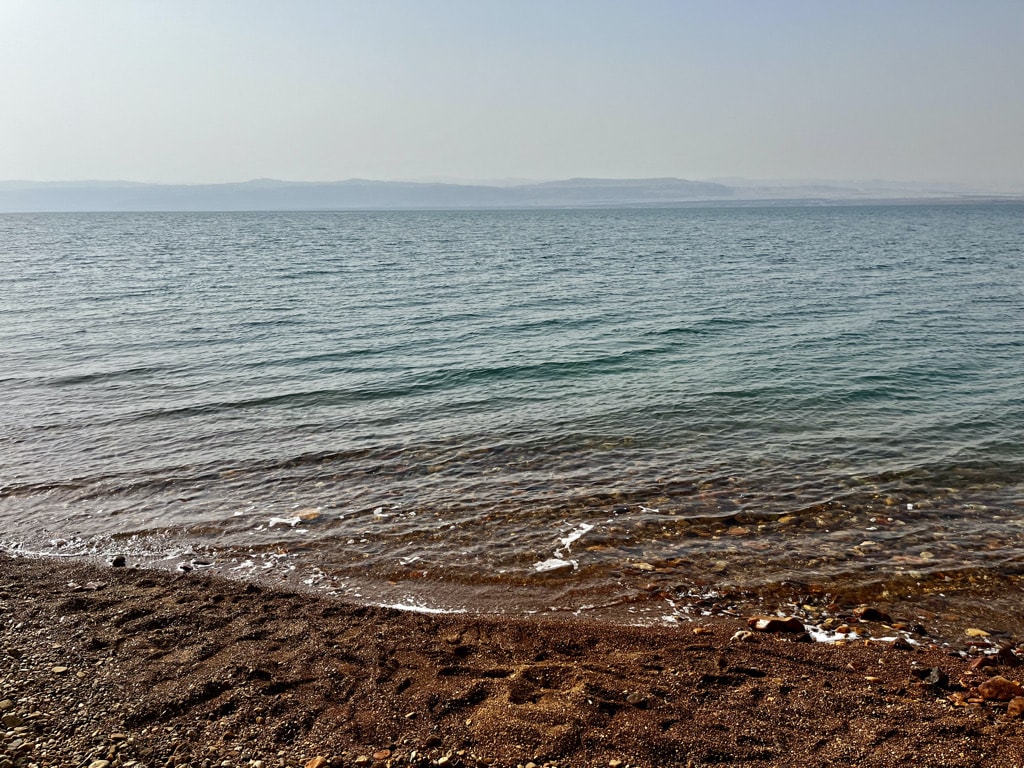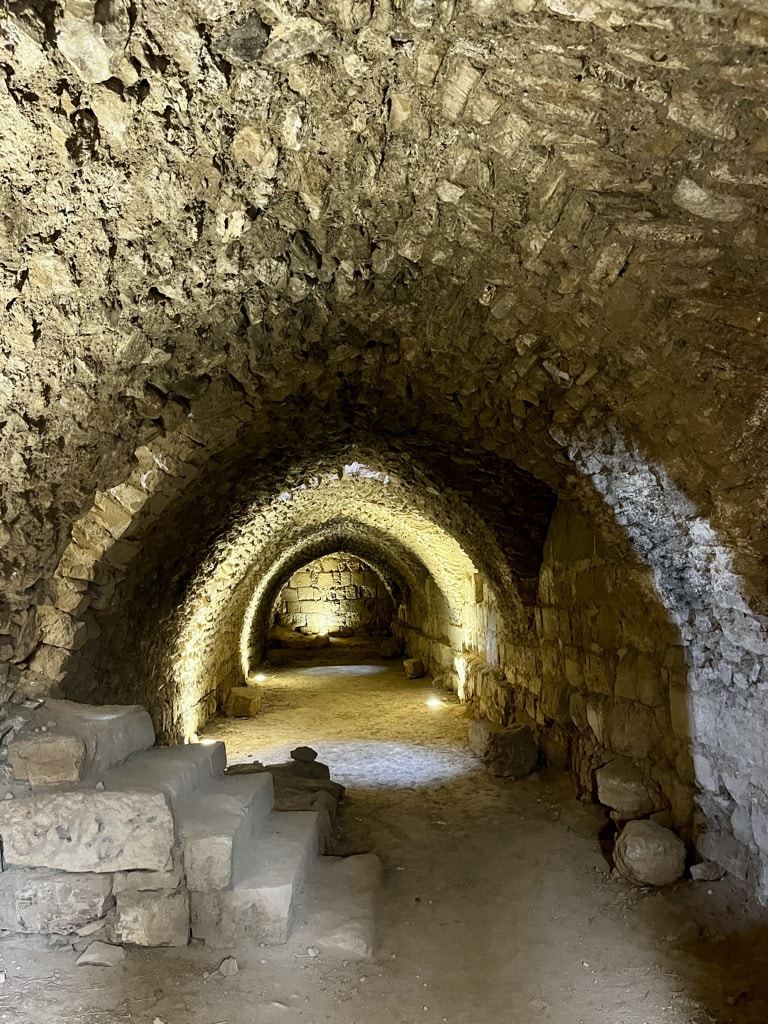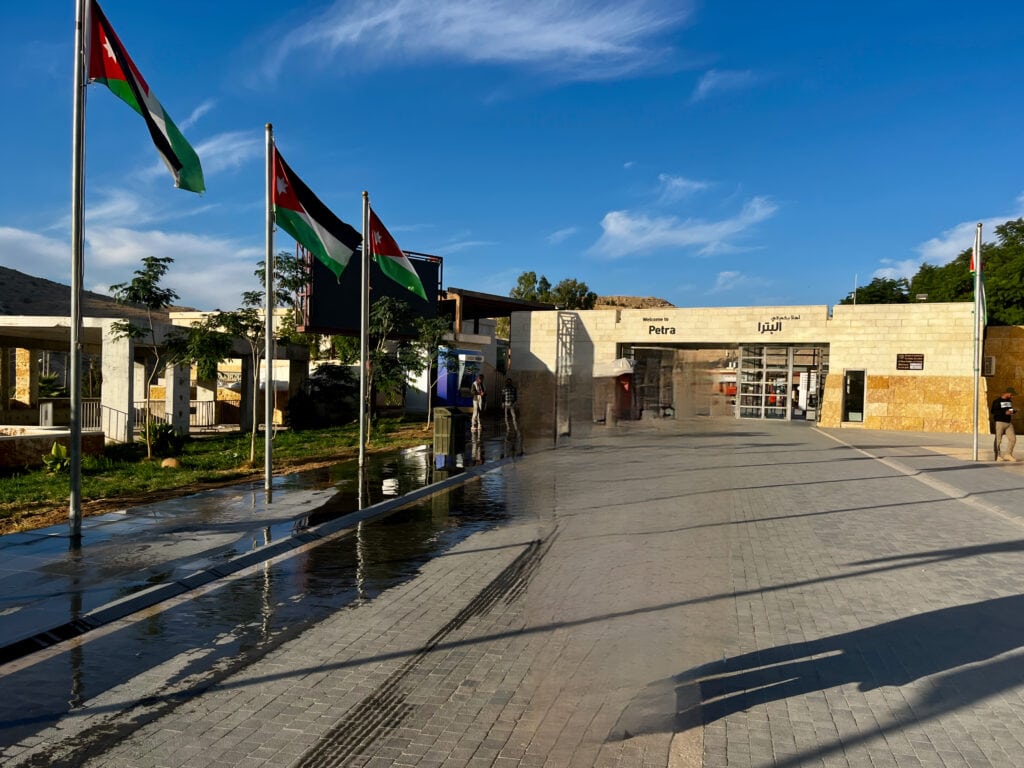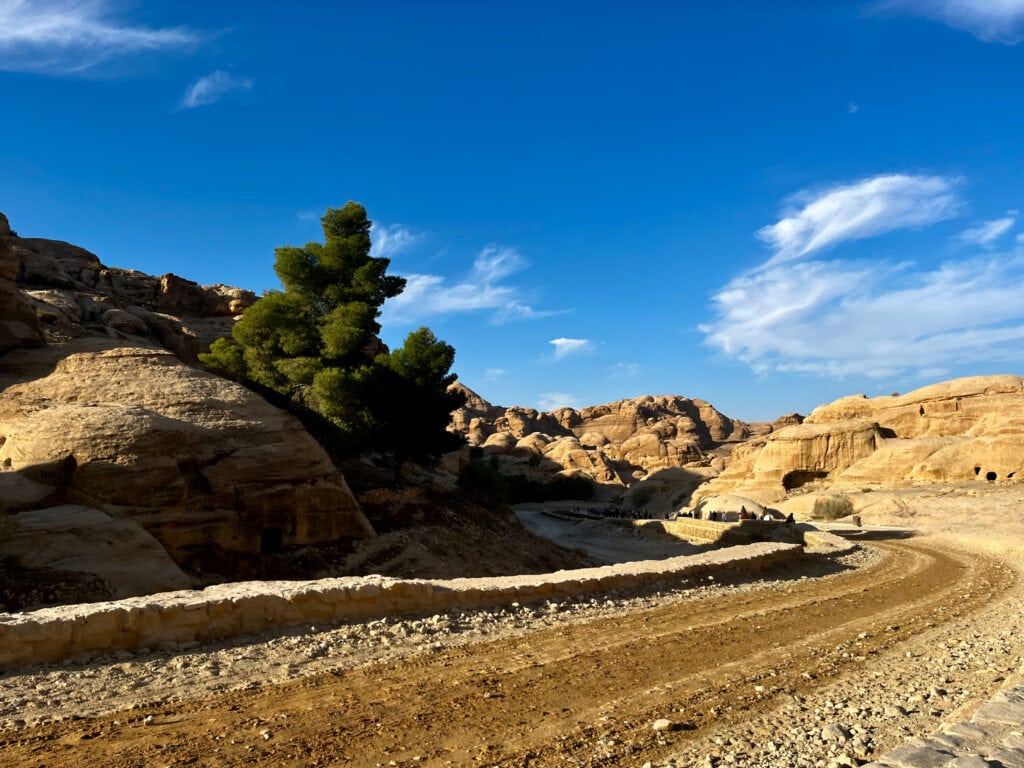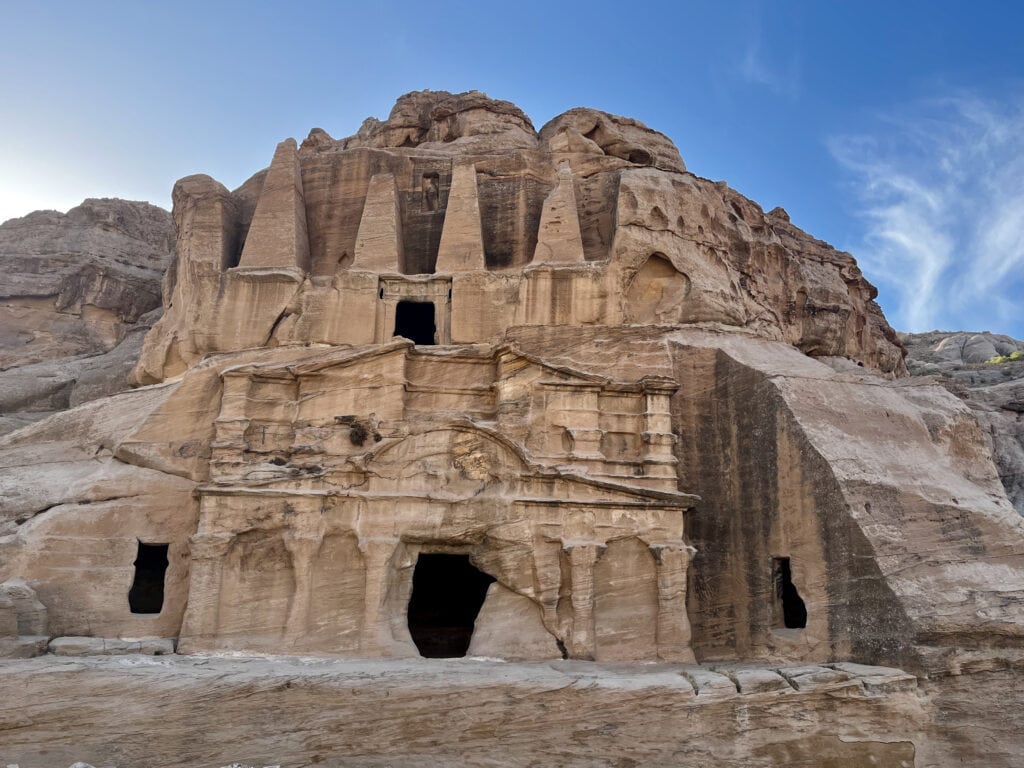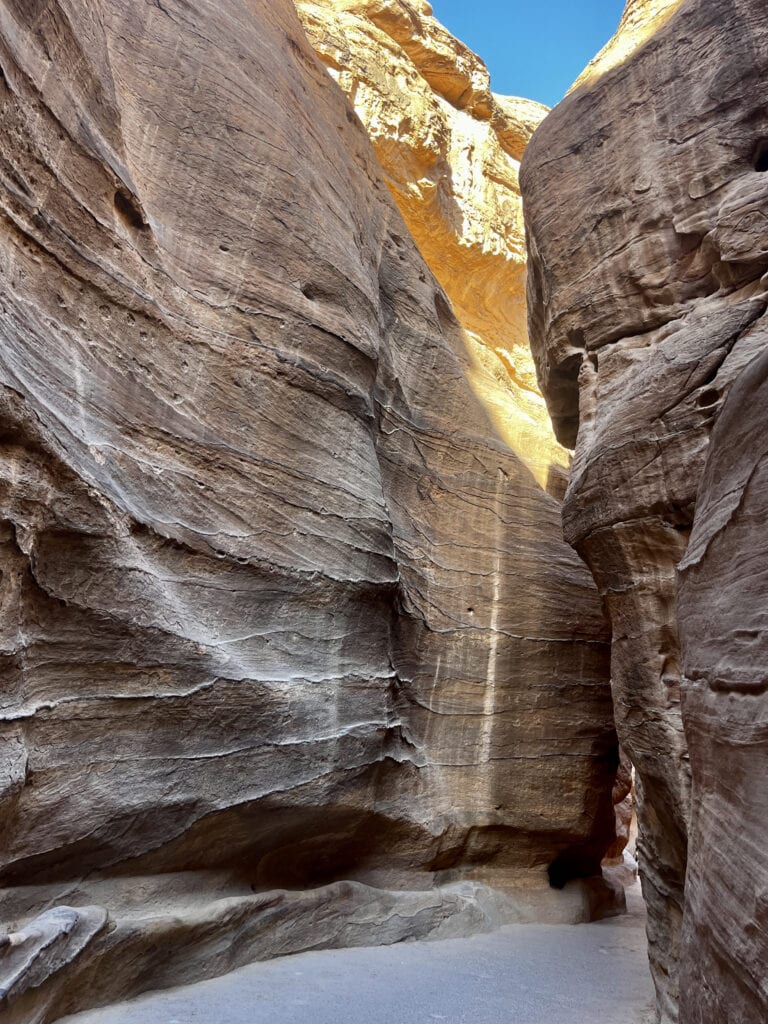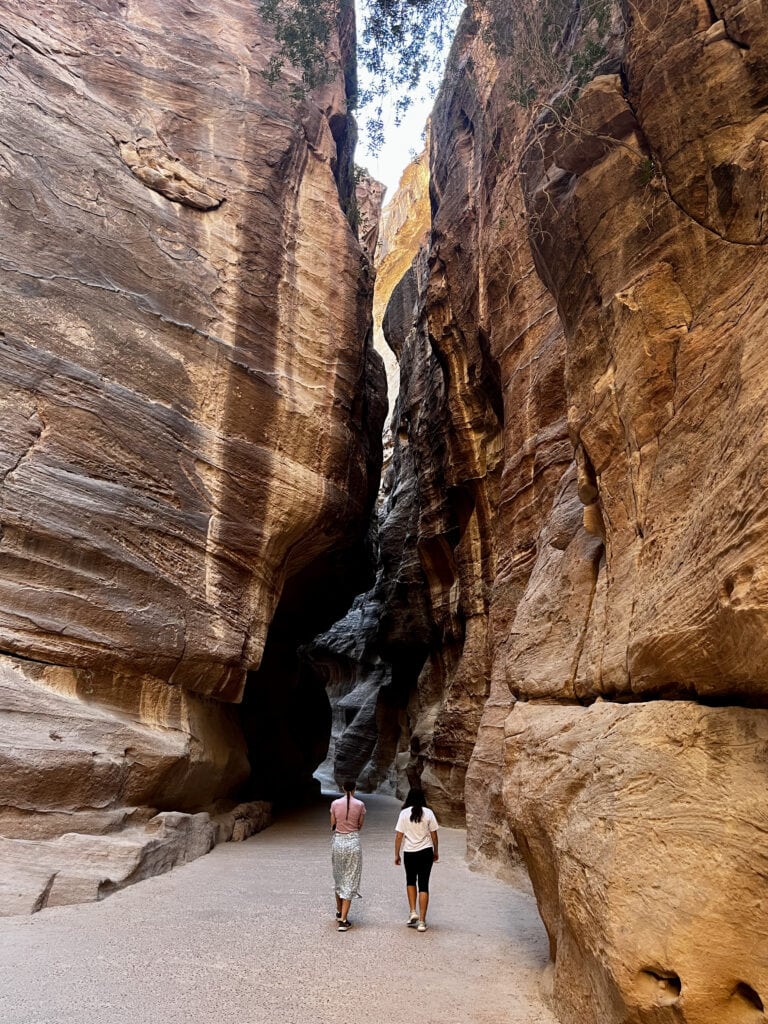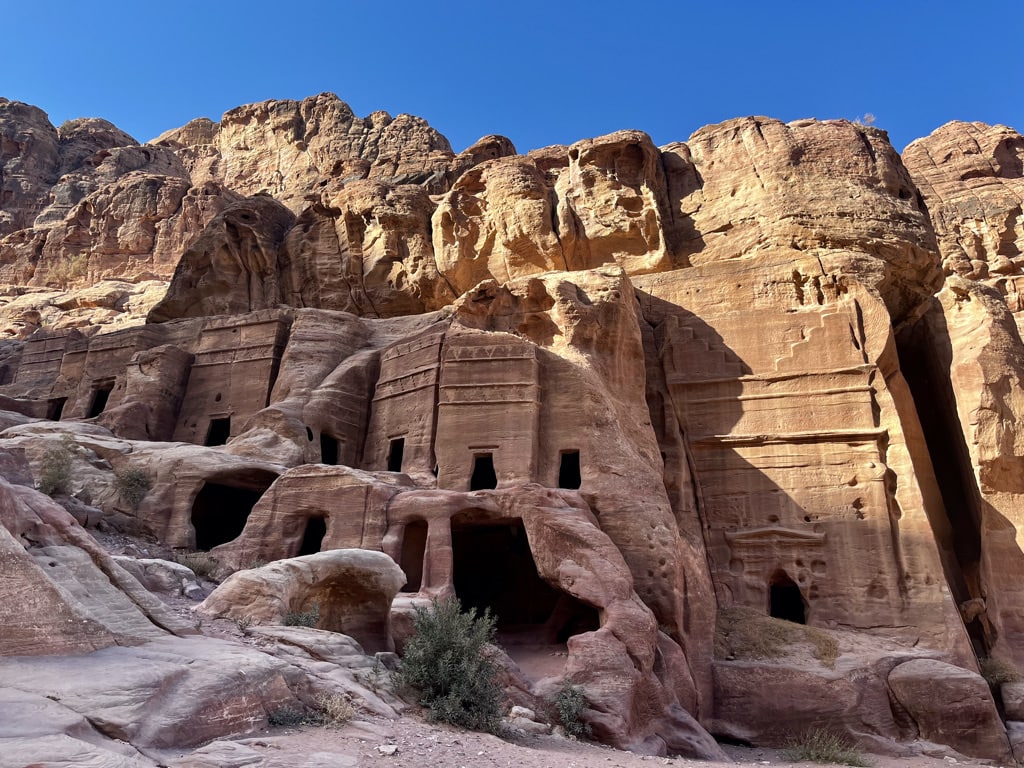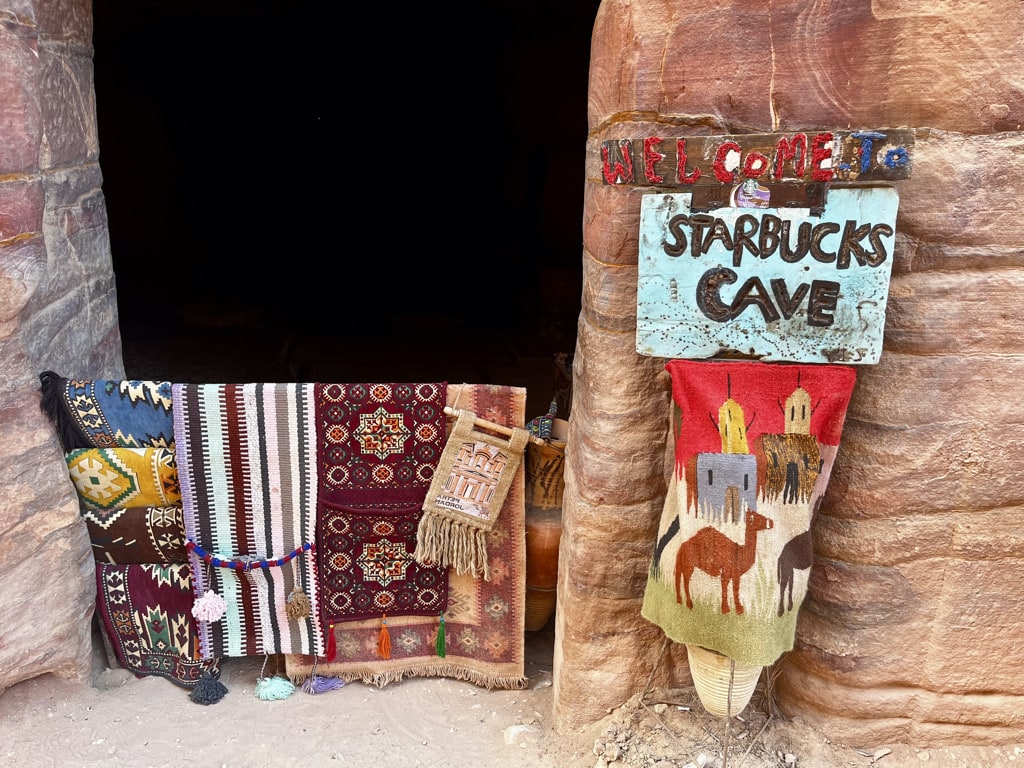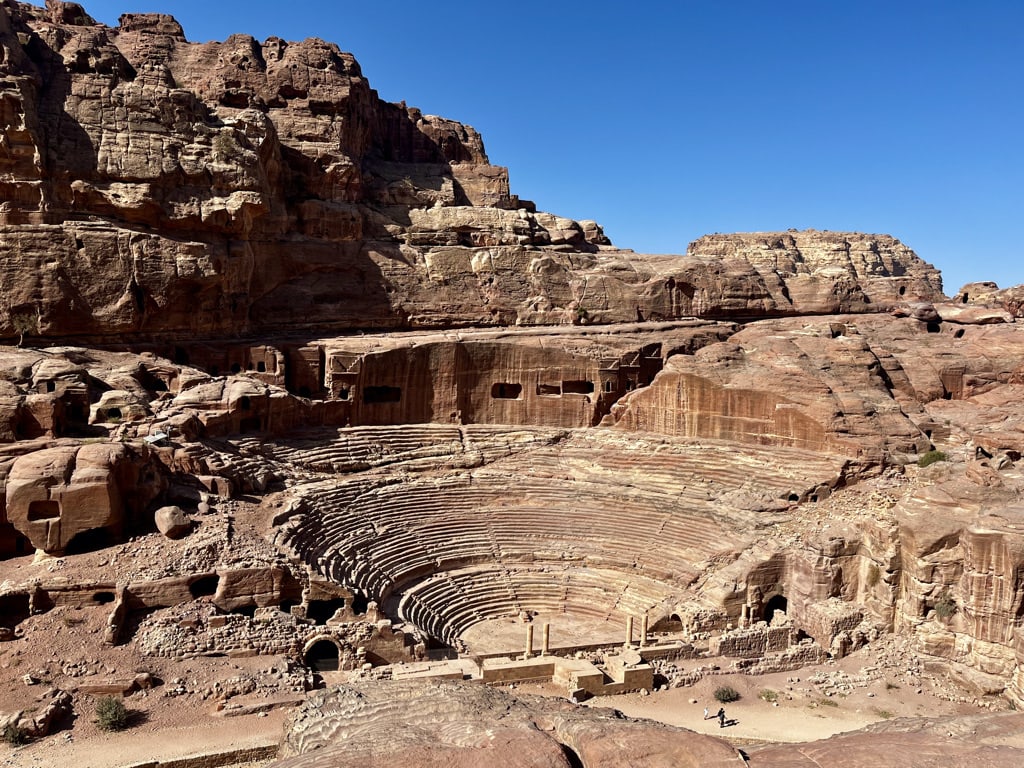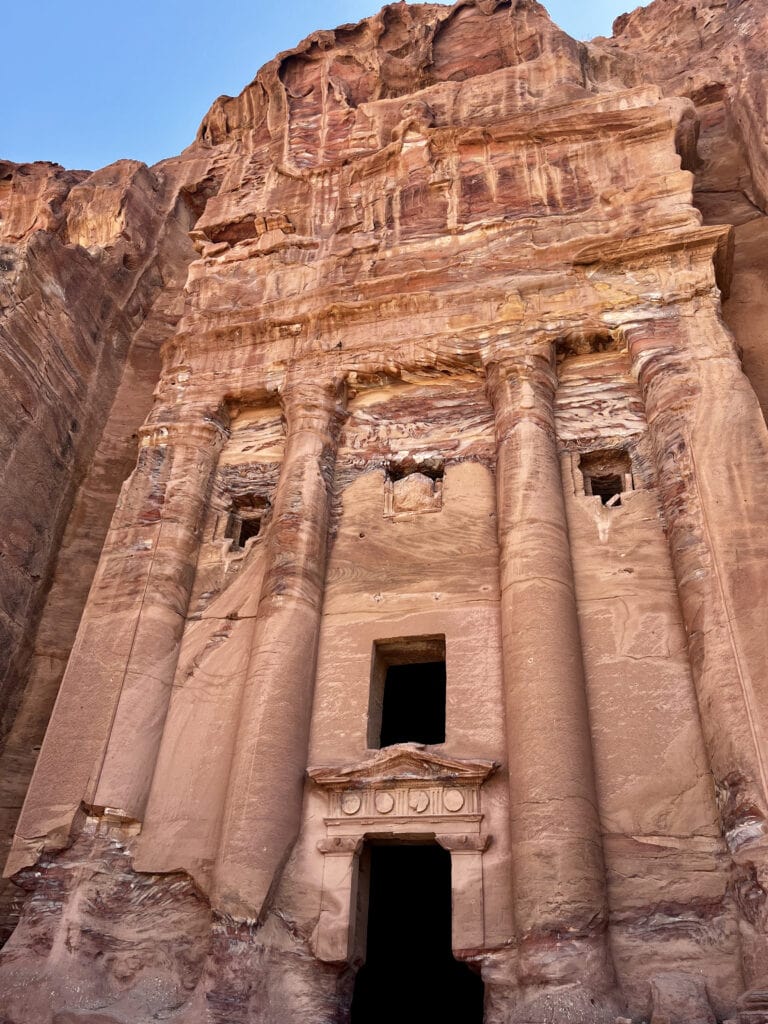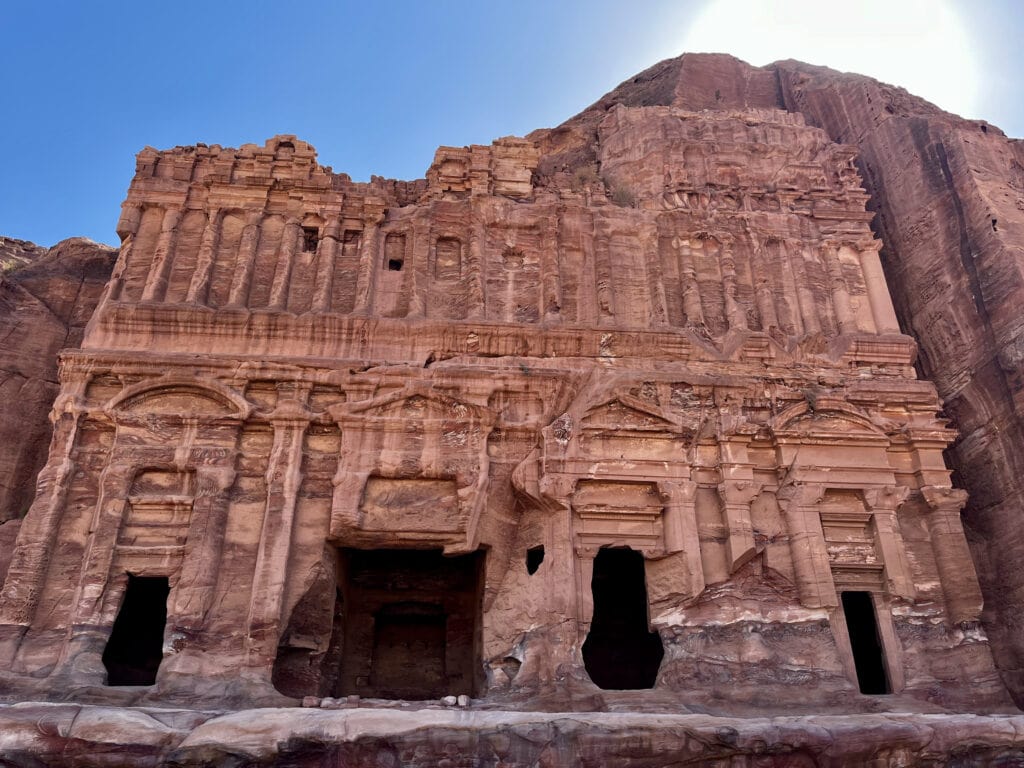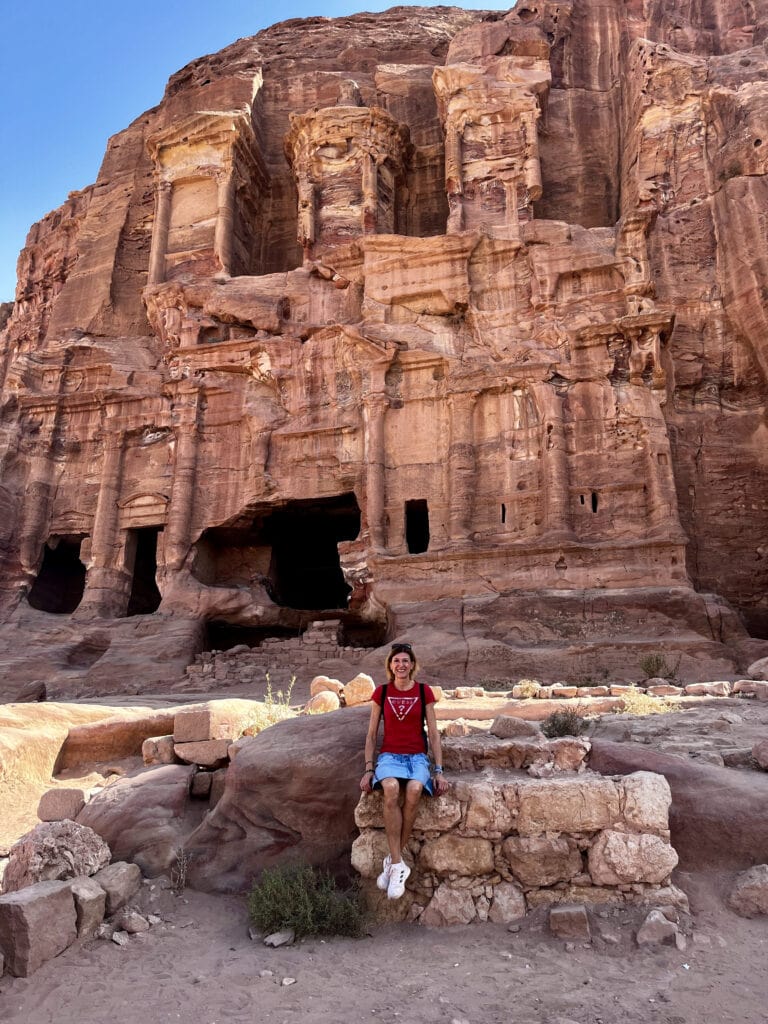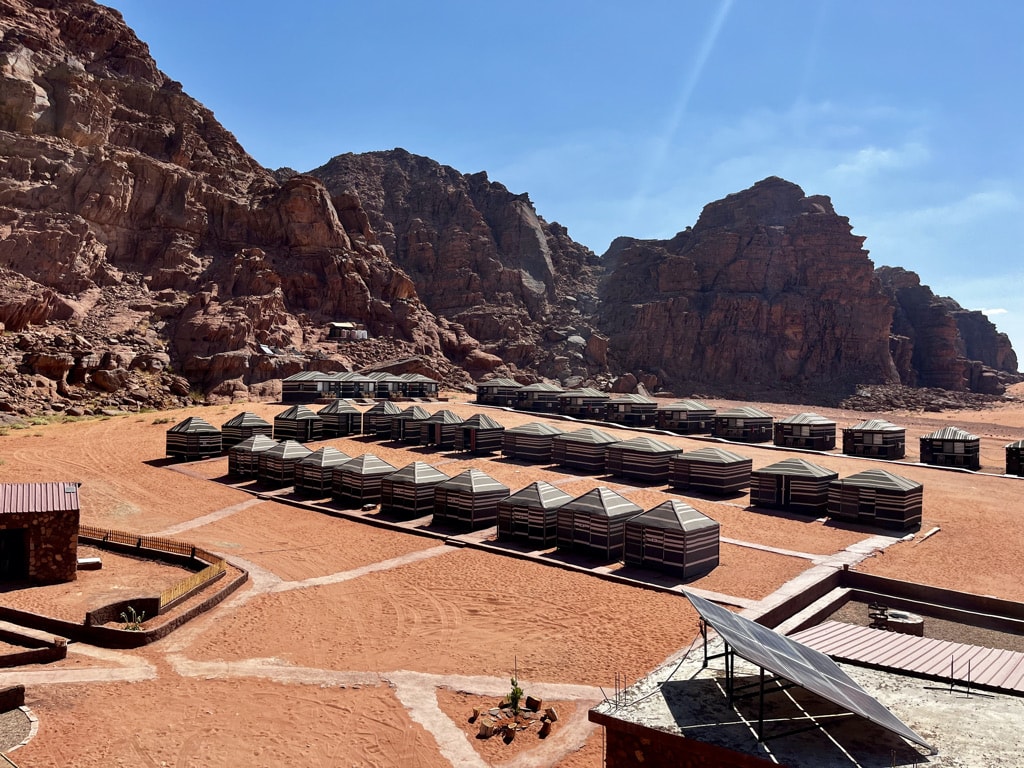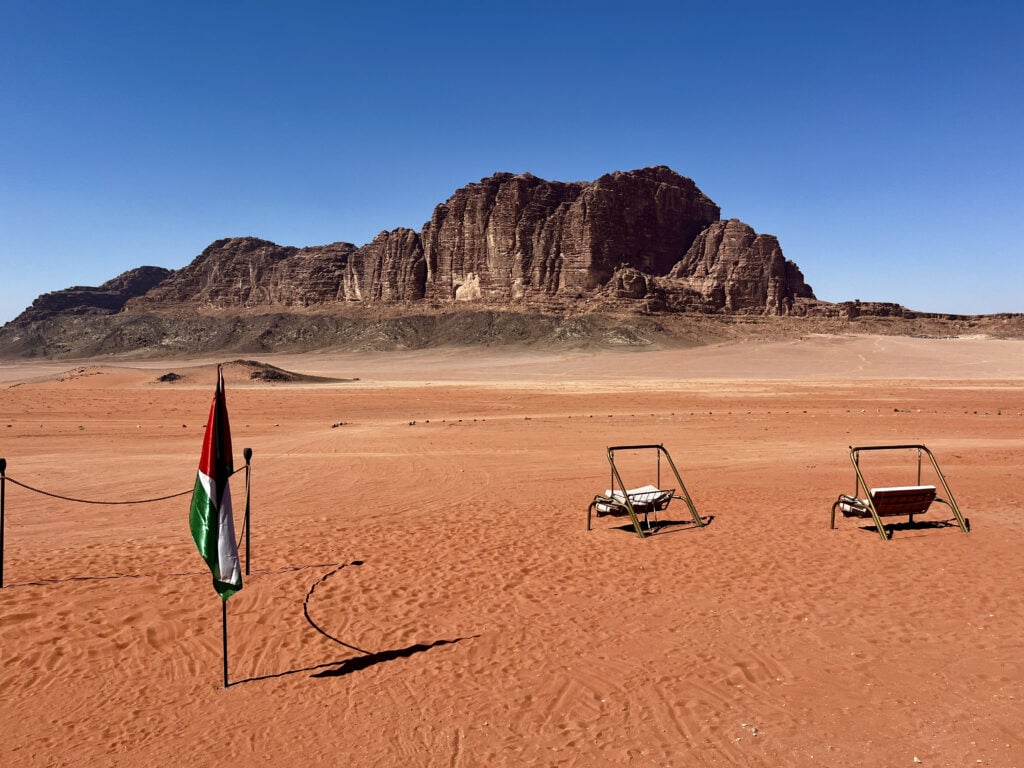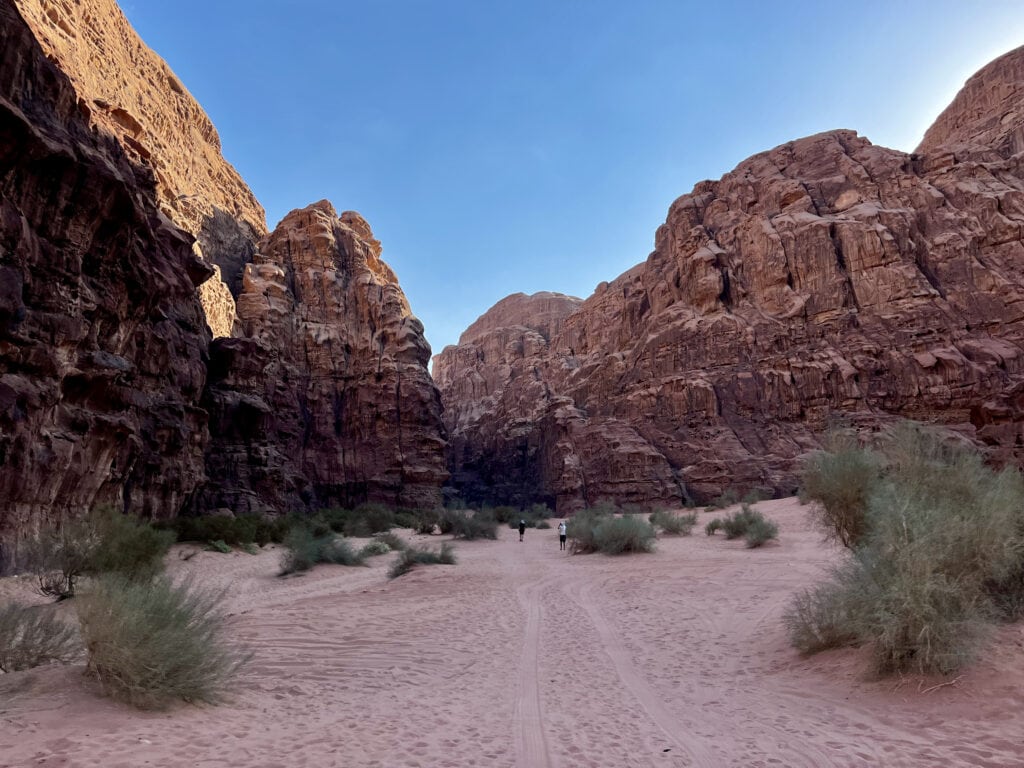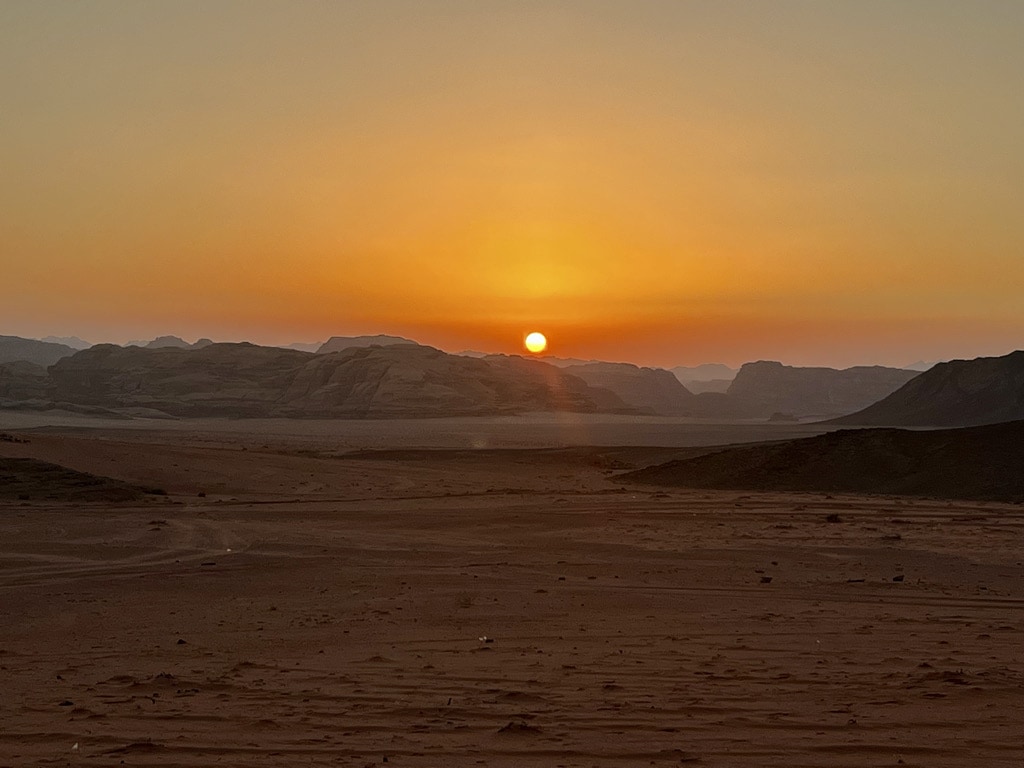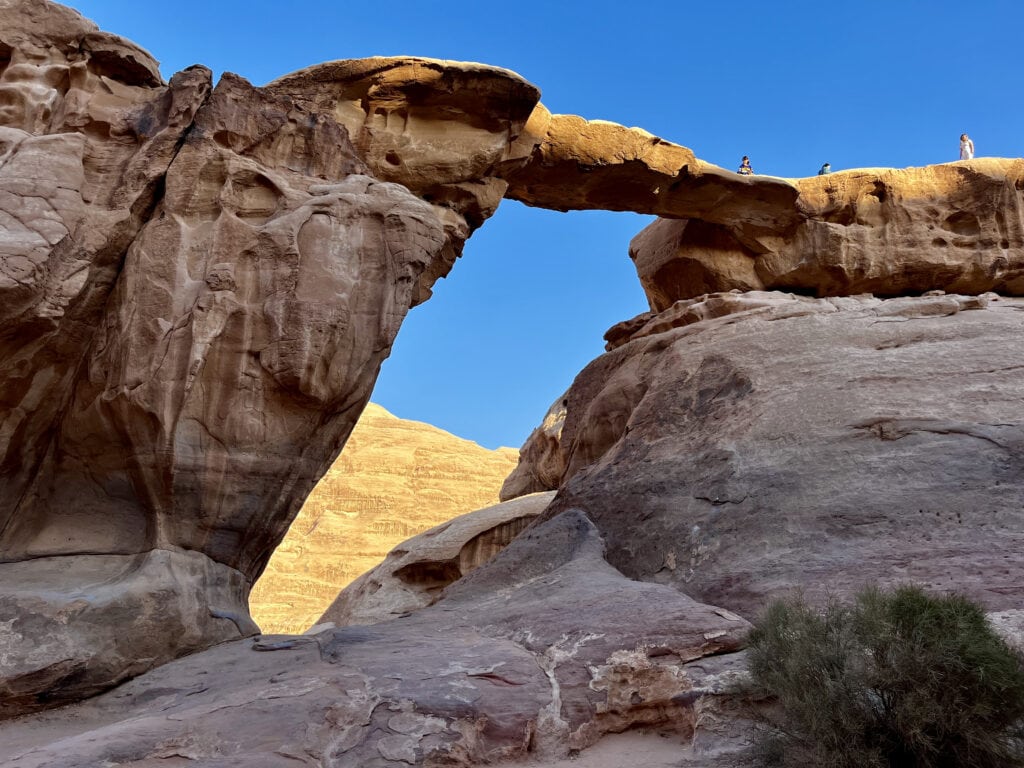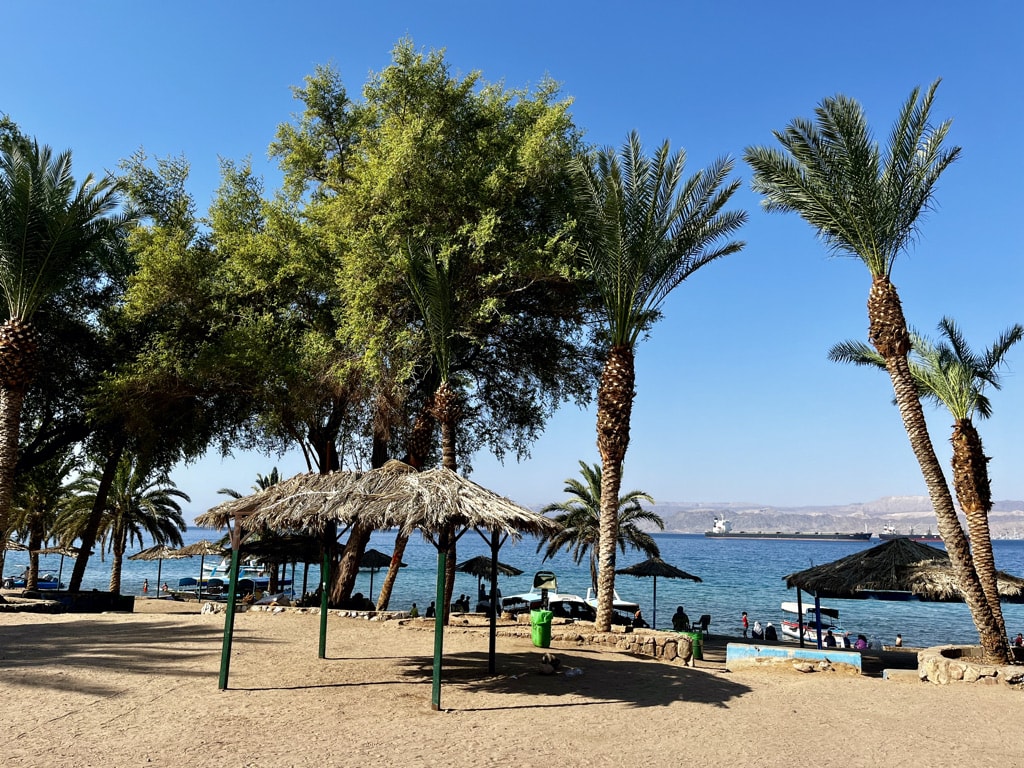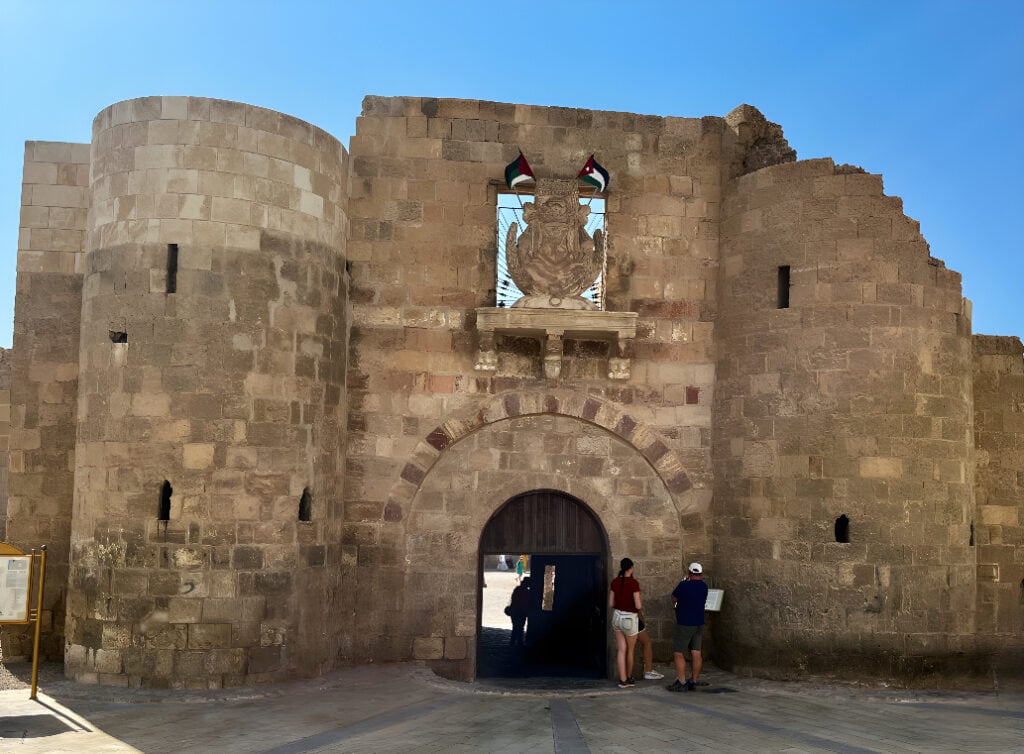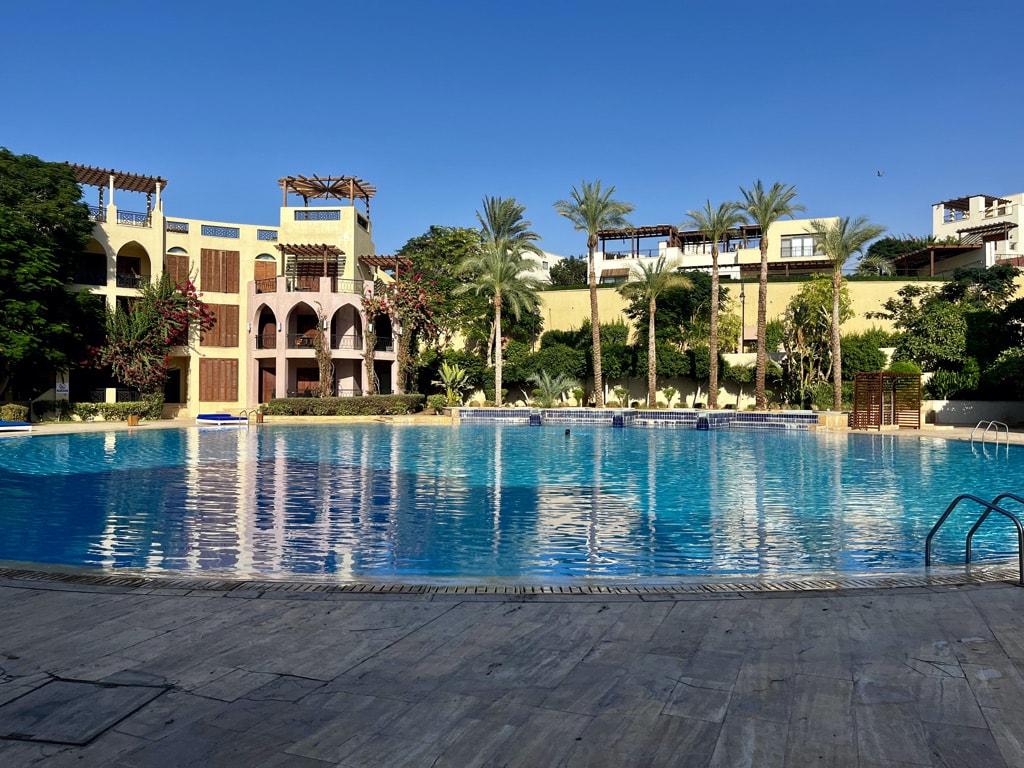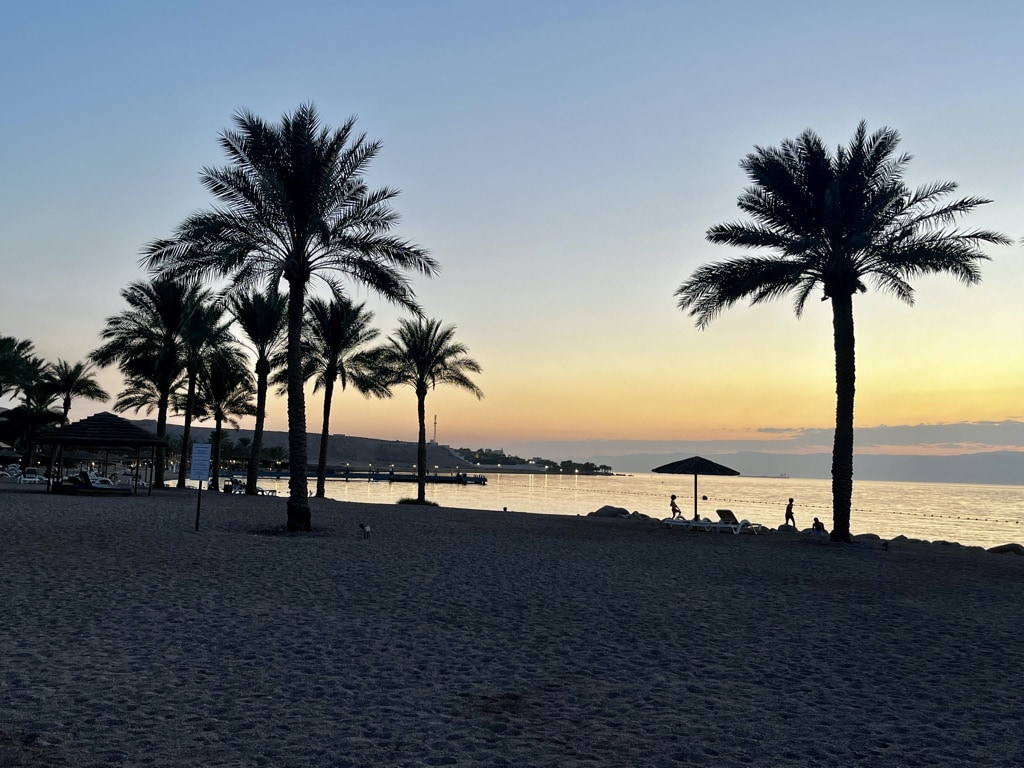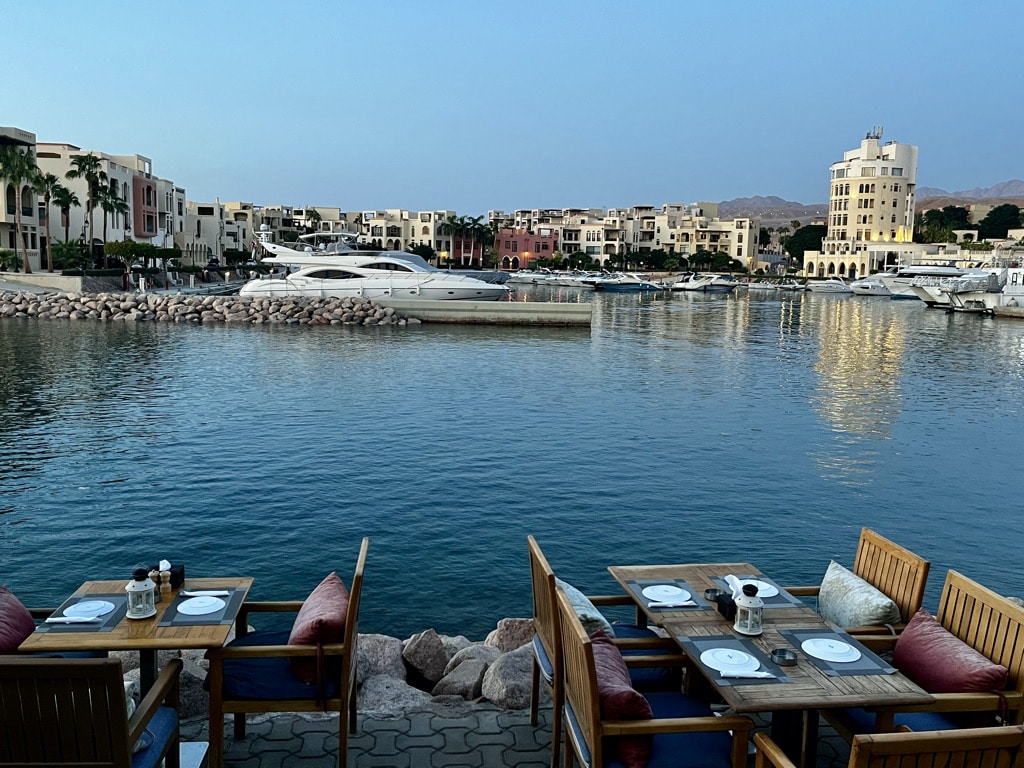Enlightening 8-Days Road Trip to Israel 🇮🇱
The decision to go on a road trip to Israel arose while searching for an easily accessible and COVID-regulation-free country in 2022. Our road trip was purely tourist-oriented; it doesn’t adhere to the footsteps of any specific religion. As a result, there may be places we miss that hold significance for certain people. I am pleased that we managed to explore this culturally unique country and I am very hopeful that travel will be possible again shortly.
Table of Contents
Practical Insights:
As usual, I checked the visa requirements and found that we do not need to worry. However, it depends on the country of your origin and the passport you hold.
Arrival to Israel:
Upon presenting our passports, we received a printed card instead of a stamp. This card is crucial to keep, as we needed it when checking in at the accommodation and when leaving the country.
Currency:
The currency is the Israeli New Shekel, with an exchange rate of about 1 USD = 3.7 ILS (Dec 2023). ATMs are easily accessible, I recommended to keep some cash. We used it f.e. to pay for parking outside Tel Aviv. But in the majority of the places I paid with my card.
Driving:
Driving around Israel is not difficult; the roads are in good condition, and drivers generally obey the rules. In big towns, drivers can be slightly more aggressive, and honking is a “cultural” habit. It’s recommended to use Waze navigation, which displays speed limits. As always, my recommendation is to drive defensively and let the locals pass by. It is your holiday at the end.
Petrol Stations:
Finding a petrol station is easy. The challenge is that there are often “fuelmats”, and you can get fuel only by working with the machine, which preauthorizes your card and manages the payment after you finish. It is an easy process until the moment all instructions are written in Hebrew. Fortunately, I have always found someone to assist.
Parking:
Parking in Israel can be difficult, especially in big cities like Tel Aviv or Jerusalem. There are paid parking areas, but it will cost you. I really recommend everyone to choose accommodation with private and guaranteed parking space. Many hotels will offer parking but they have only limited amount of spots. Therefore I always check customer reviews related to parking when choosing accomodation.
Shabbat:
The Israeli Day of Rest starts on Friday afternoon and continues until Saturday evening. Tel Aviv’s Shabbat differs from Jerusalem; shops are closed in Tel Aviv on Saturday, but the Jaffa beachfront remains lively. Jerusalem is more conservative, with more closed businesses. However, the Arab community’s businesses in Jerusalem remain open. It’s better to be prepared and assume that Saturday is a quiet day.
Mobile Data:
For mobile data, I recommend using the Airalo app, which allows you to download a data e-SIM card for countries worldwide. It’s easy and hassle-free. I activate the data e-SIM in my phone settings upon arrival and I have instant access to the internet.
Day 1: Tel Aviv – Jaffa
Upon our early morning arrival in Tel Aviv and completion of immigration procedures, we took a taxi to our hotel. I selected the Embassy Hotel Tel Aviv, with 24-hour reception located in very close proximity to the beach. After we woke up, our day started with a walk along the 7km beach promenade, extending all the way to Old Jaffa. It is a favorite among both locals and tourists, providing a great place to enjoy beach activities.
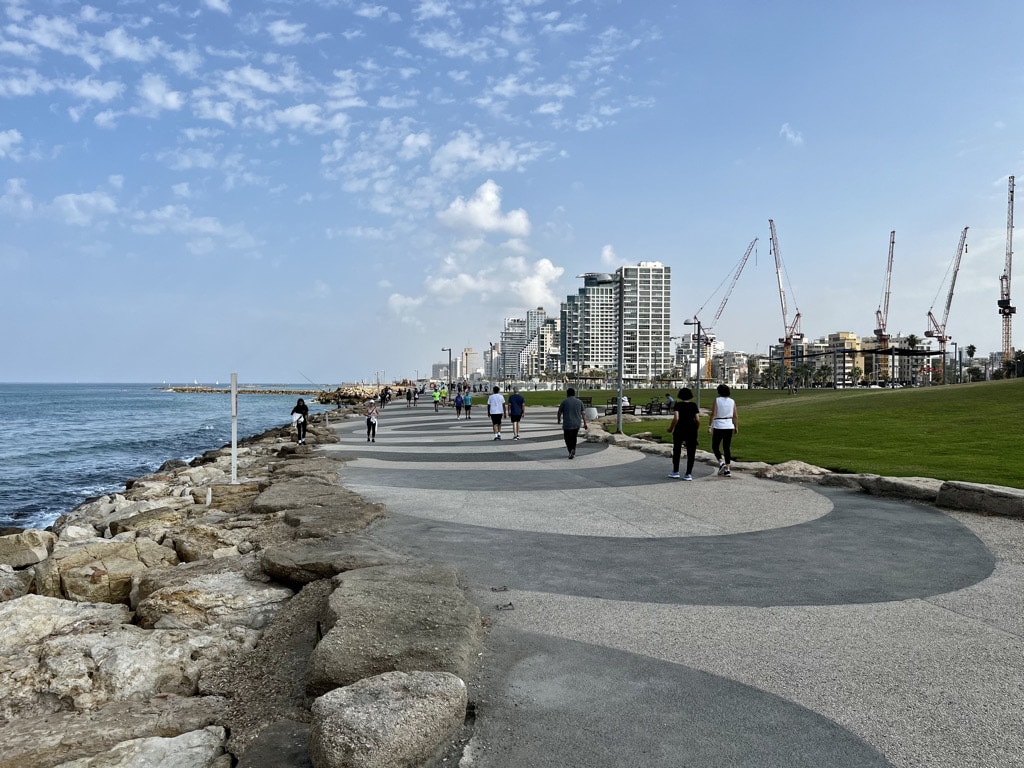
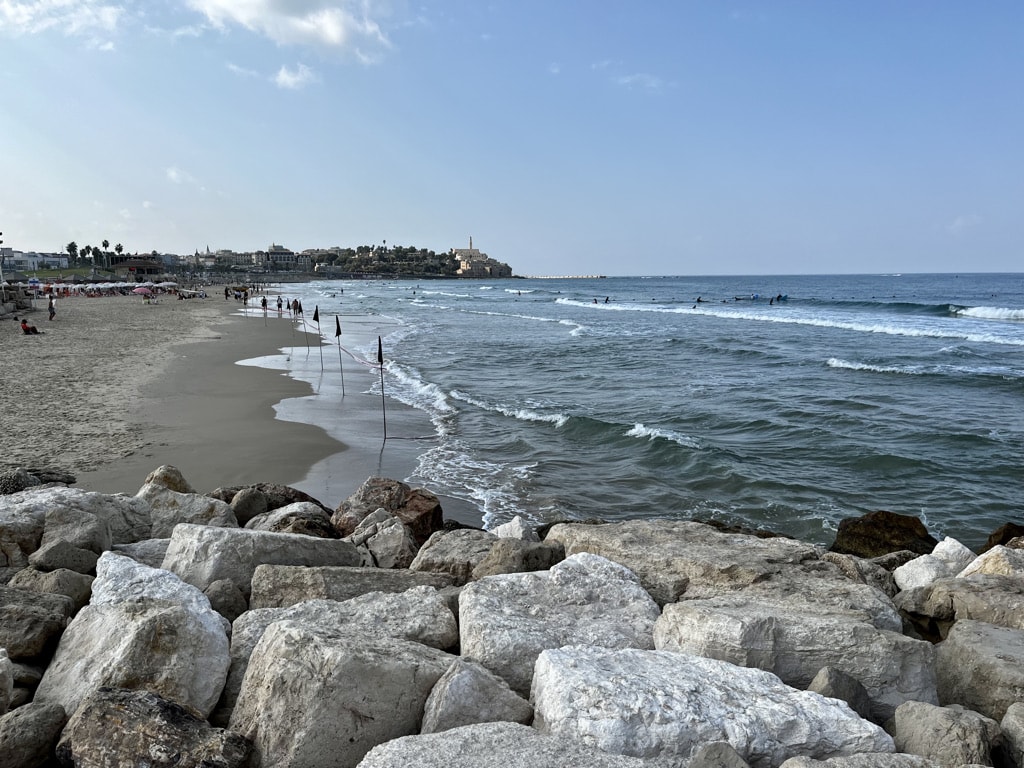
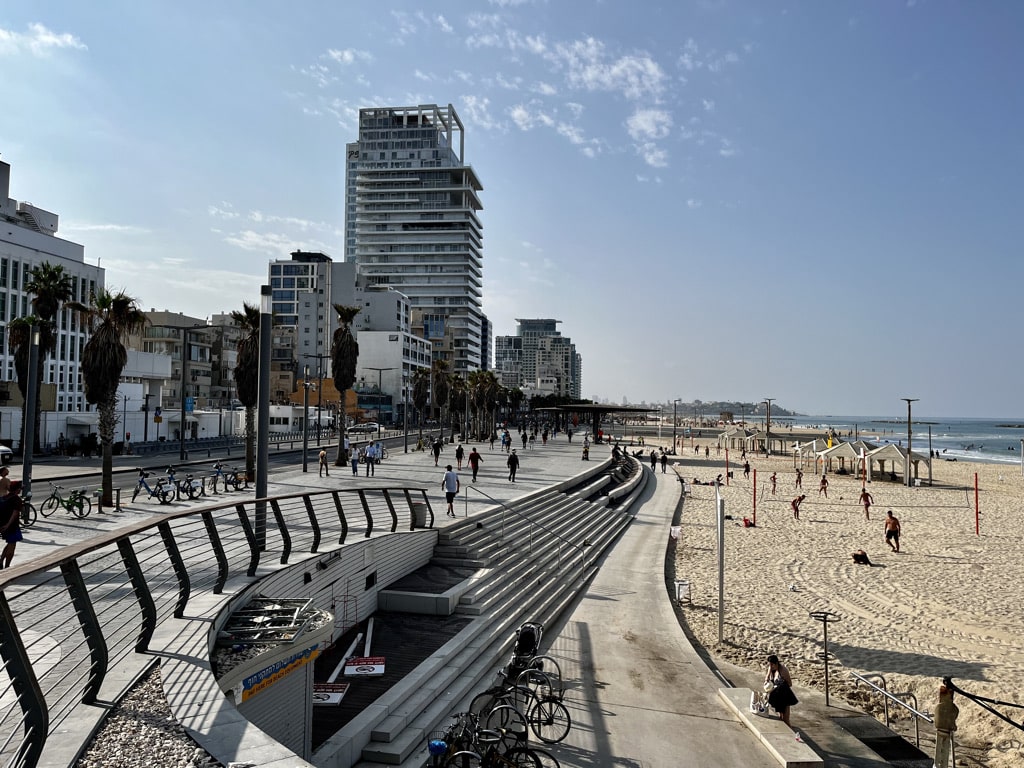
Old Jaffa:
Jaffa is one of the oldest ports in the world, with a history dating back thousands of years. It is mentioned in various ancient texts, including the Bible. Stepping into Old Jaffa takes you to a different era compared to modern Tel Aviv. We walked past ancient houses, passing by galleries, and small shops. The main square is dominated by the Clock Tower. There were seven Clock Towers constructed in Ottoman Palestine. The additional towers are placed in Safed, Acre, Nazareth, Haifa, and Nablus. The one in Jerusalem was destroyed.
Following our exploration of Old Jaffa, we walked back to the beach promenade, continuing towards Neve Tzedek—the initial Jewish neighborhood established outside Jaffa. Navigating through the town, we eventually returned to our hotel.
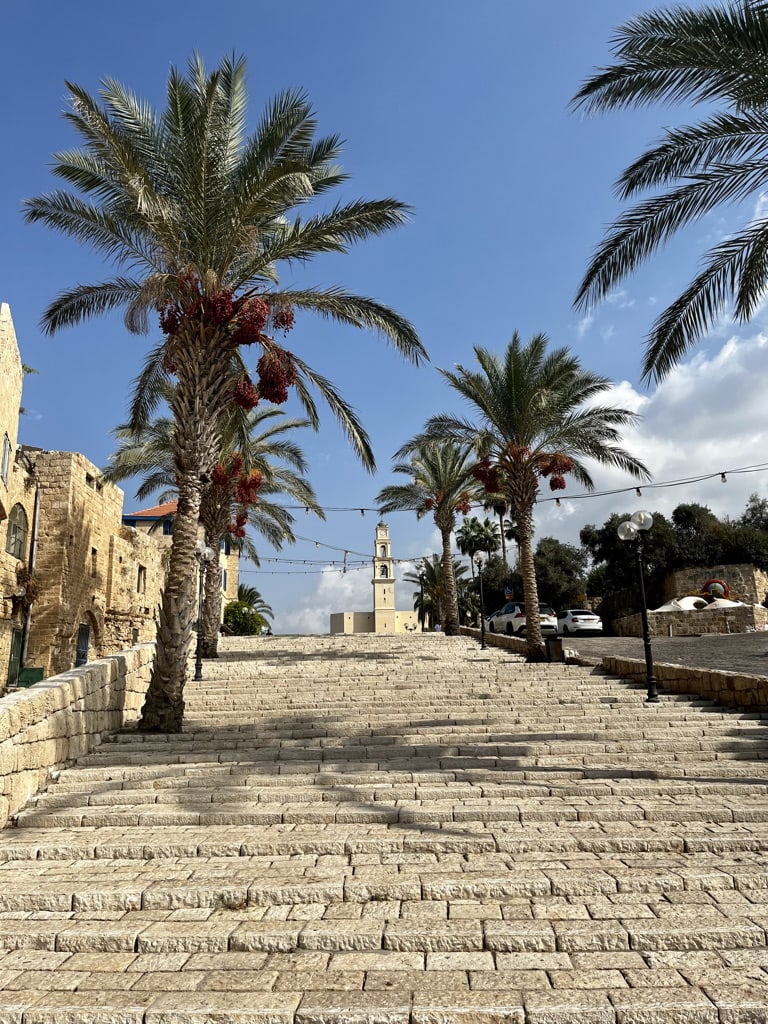

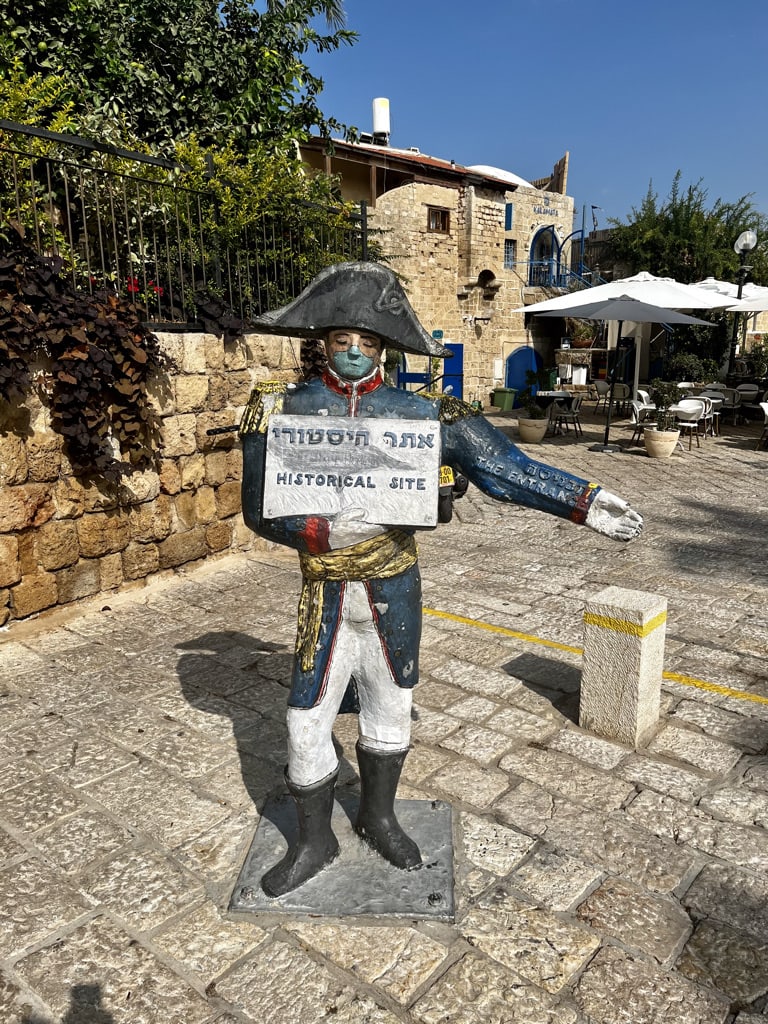
The Beach
The rest of the day we spent on the beach, where the rental of beach chairs and umbrellas was well organized. We approached a vending machine, chose the desired quantity of chairs and umbrellas, completed the payment via card, and received a printed receipt. We then handed the receipt over the the beach attendant to get settled at our beach spot.

Day 2: Tel Aviv – Akko – Haifa
Tel Aviv-Yafo – Acre (Akko): 114km, 1,5 hour
It was time to hit the road the next day. I rented a car from Hertz and picked it up from their city office, just about a 10-minute walk from our hotel.
We loaded our suitcases and started to drive. I put on the Waze navigation and the funny thing happened – it started to speak Hebrew 😀. The lesson learned: adjust your navigation settings before hitting the road. Navigating out of Tel Aviv and onto the highway, my daughters took charge of my phone and resolved the language issue.
The navigation directed us to a parking area situated right behind the walls of the Old City. The parking was free of charge.
Akko is the local Hebrew name for Acre. It is one of the oldest continuously inhabited settlements on Earth. It played a crucial role during the Crusader’s times. The most important place to see is the Knights Hall.
The Knights Hall
This Fortress and the nearest buildings functioned as a hospice and a hospital for the many pilgrims who came to the Holy Land during the Crusaders period in the 12th and 13th centuries.
It was awarded a World Heritage Site by UNESCO.
As we were visiting after the Covid pandemic, I didn’t organize tickets to enter the upfront. We arrived and bought it on the spot. It is, nevertheless, something that I would consider looking into if I planned the trip again.
We obtained the headphones and explored the fortress at our own pace while listening to the history of this awesome place.
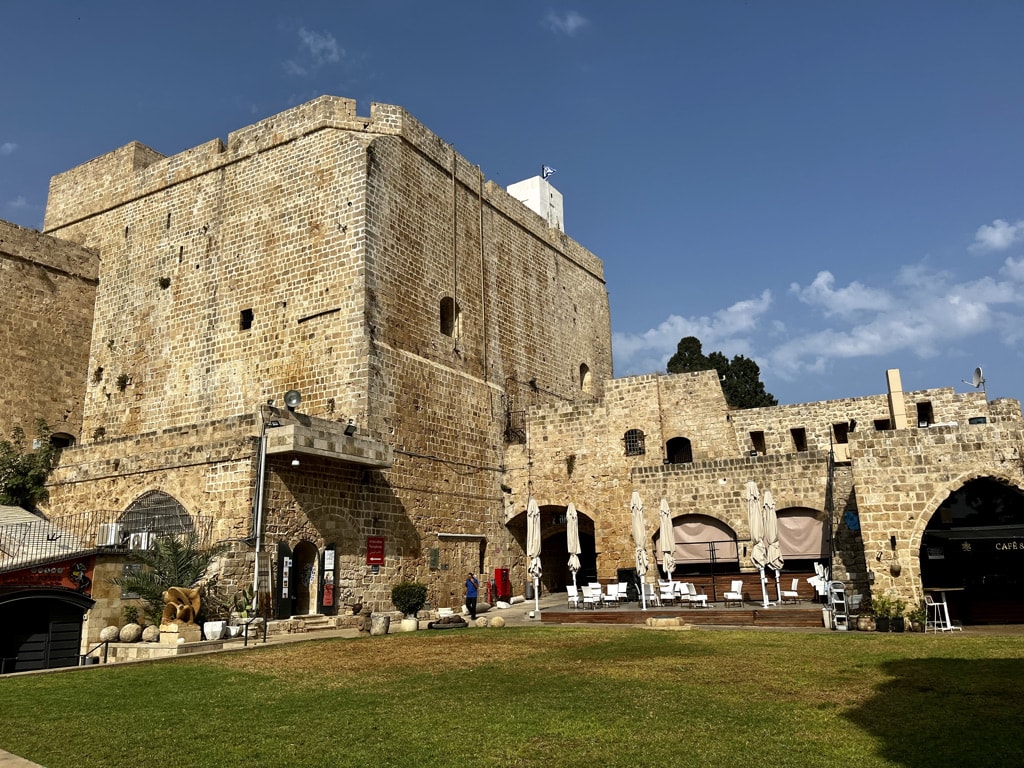
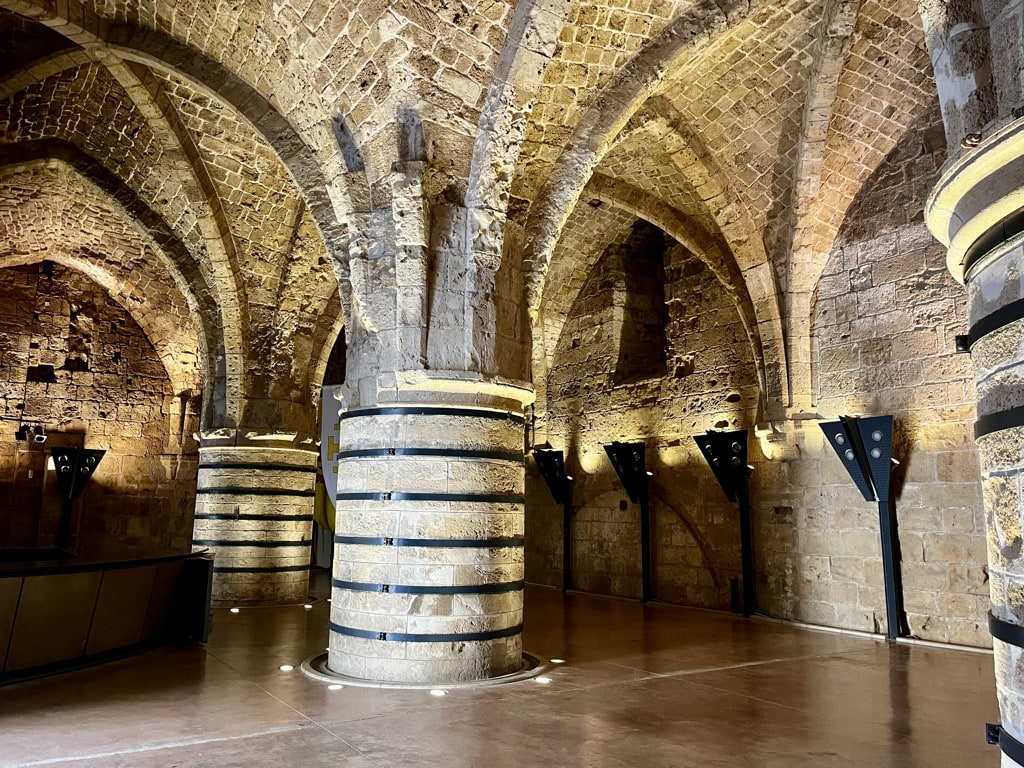
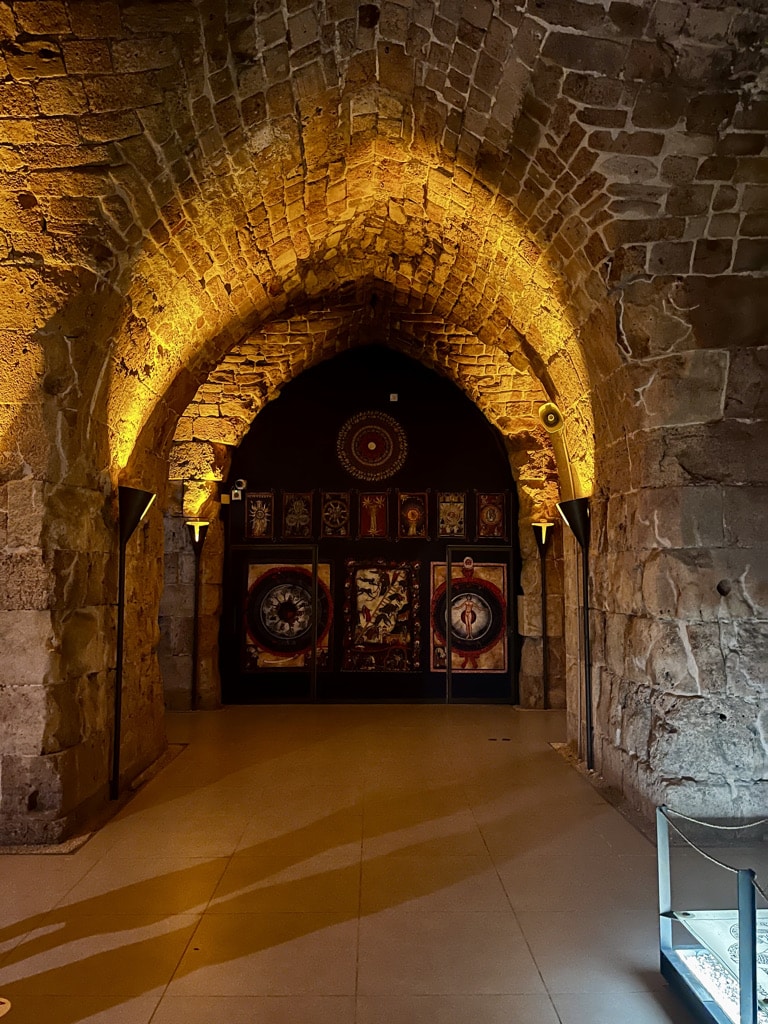
After visiting The Knights Halls, we walked through the Old Town and found a great street food place to enjoy the local food.
The Turkish Bath House:
Our visit transported us back in time to when this place served as the social center of the city. The citizens used to gather here to exchange the latest gossip.
The Templars Tunnel:
This is a must-see attraction. The 150-meter-long tunnel extends from the Templars fortress in the west to the city’s port in the east. There was great sea view once we reached the end of the tunnel
After exploring Old Akko, we set off to reach our accommodation in Haifa.
Day 3: Haifa
The reason I chose to stay in Haifa for a day was to explore a few landmarks in the city and enjoy some time on the beach. Haifa, the third-largest city in Israel, stretches from the Mediterranean up the north slope of Mount Carmel.
Our day began with a ride on the Haifa Cable Car, ascending Mount Carmel to visit the Stella Maris Monastery.
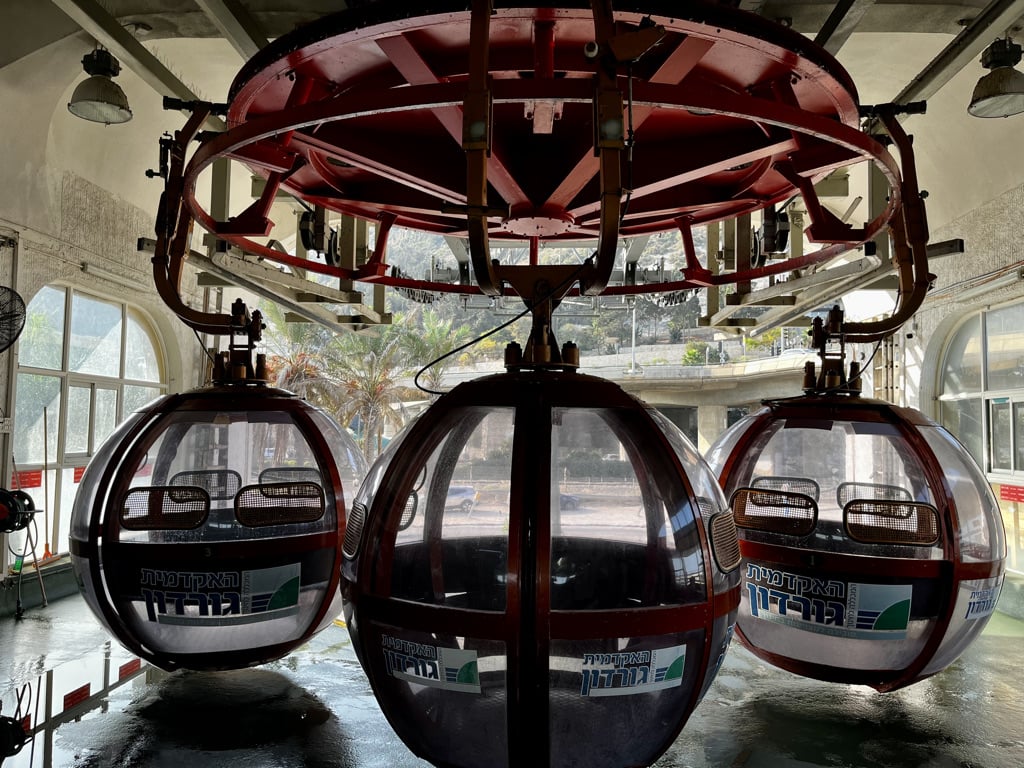
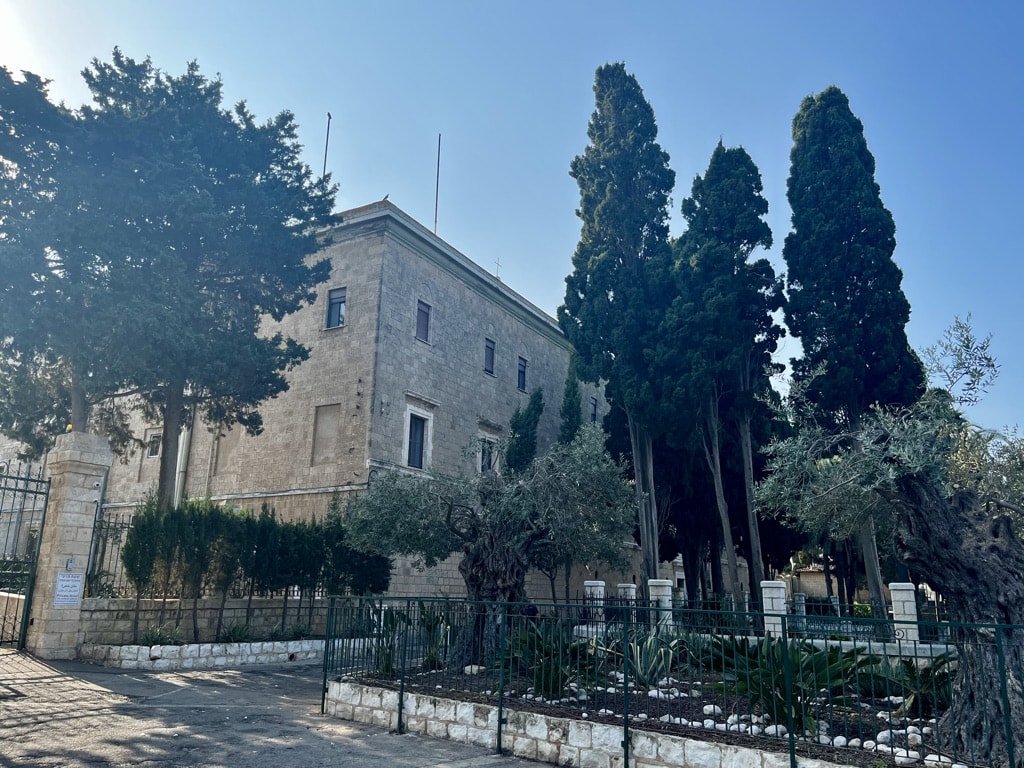

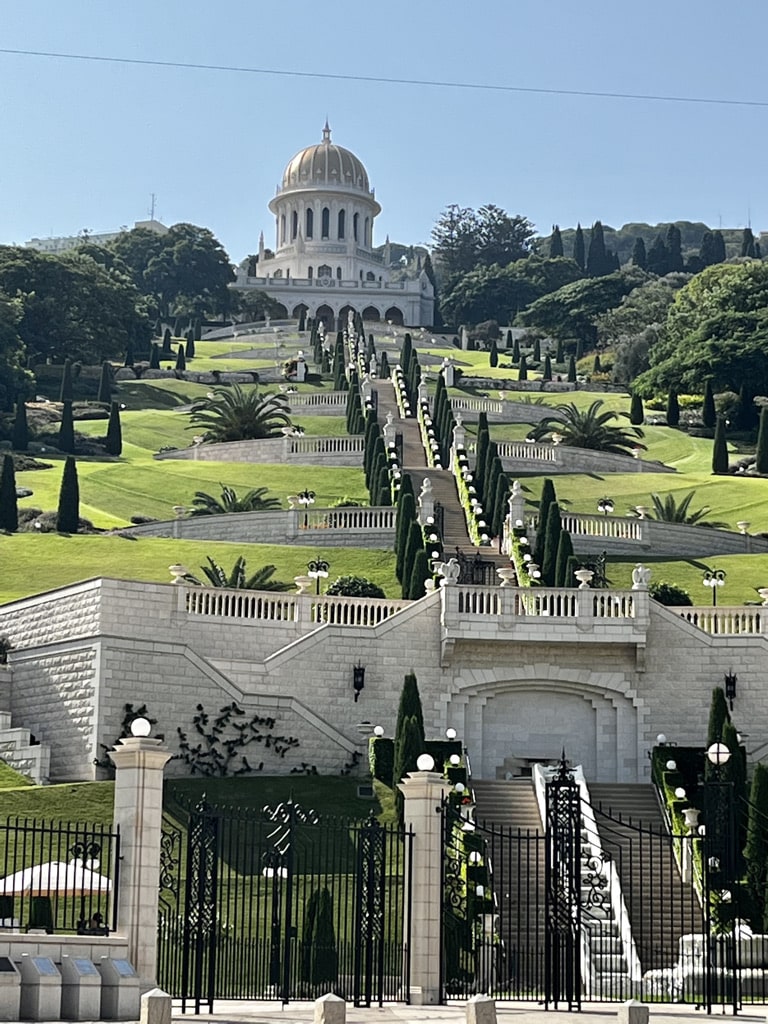
From the mountain’s peak, we decided to walk down towards the middle of the Baha’i Gardens, assuming there was an entrance. It turned out to be quite a walk. Disappointment struck when we discovered that the gardens were closed to the public on Monday, contrary to information provided on various websites. Perhaps the opening hours were adjusted during the Covid time, but this information was not reflected on the official websites.
As, we couldn’t explore the gardens, we decided to experience at least the Carmelit, the underground funicular railway. After a bit of a struggle to locate the nearest station and some walking, we finally reached Golomb station and took the ride to the center of town.
Upon returning to our accommodation, we packed up and spent the rest of the afternoon at Bat Galim Beach.

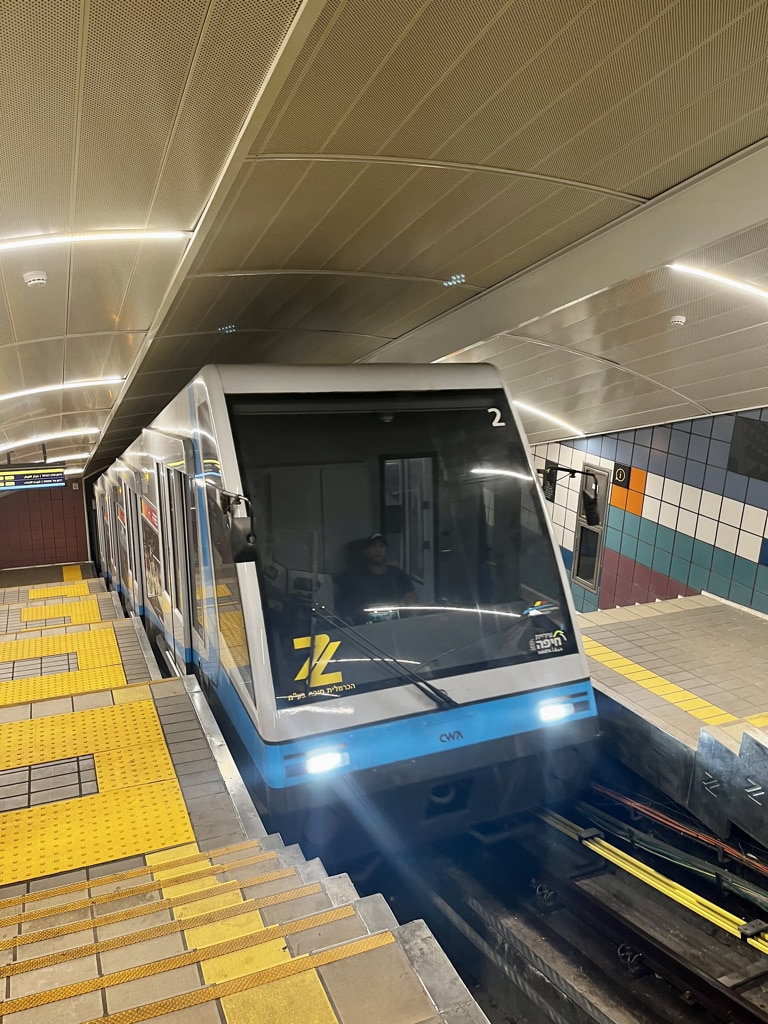
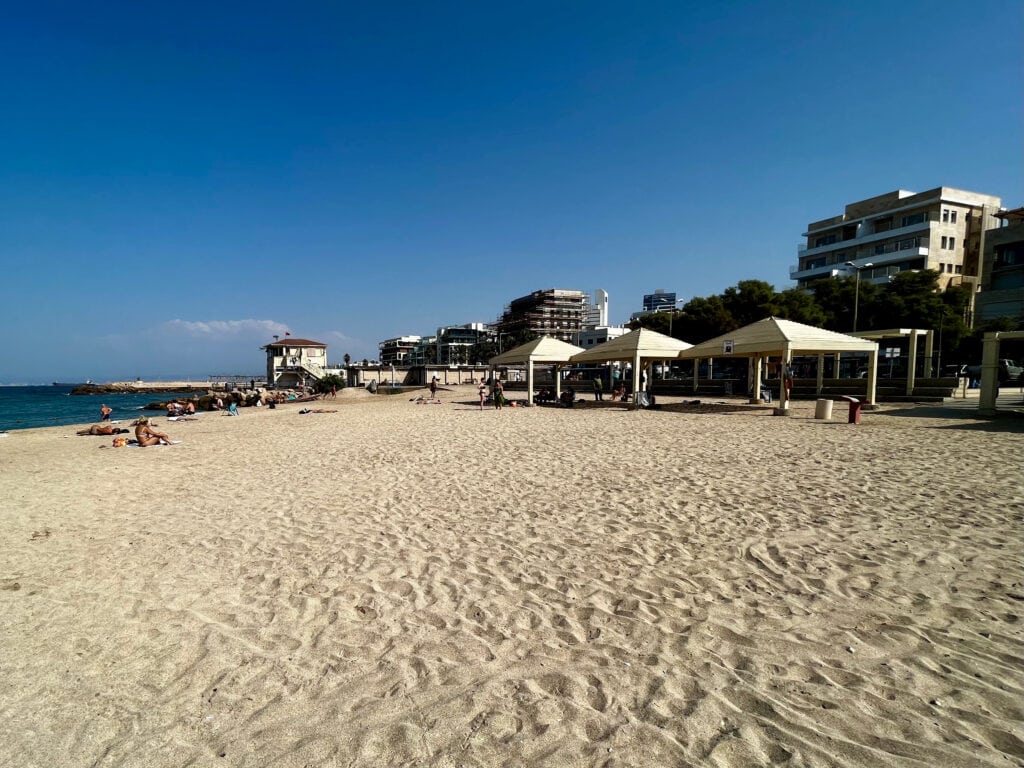
Day 4: Nazareth – Gan HaShlosha National Park – Jerusalem
Nazareth
Haifa – Nazareth: 45km, about 40min
It was time to pack up in the morning, leave Haifa behind, and continue on our journey. The first destination of the day was Nazareth, the town of Galilee and the home of Mary, the mother of Jesus, as mentioned in Luke’s Gospel.
The city center of Nazareth is situated in a flat area, but the town extends to the hillside. Due to traffic conditions, or another reason, Waze navigation directed us to the hillside before guiding us to the city center. The inclines were steep, streets very narrow with numerous curves and blind spots, making the drive down a true adventure itself.
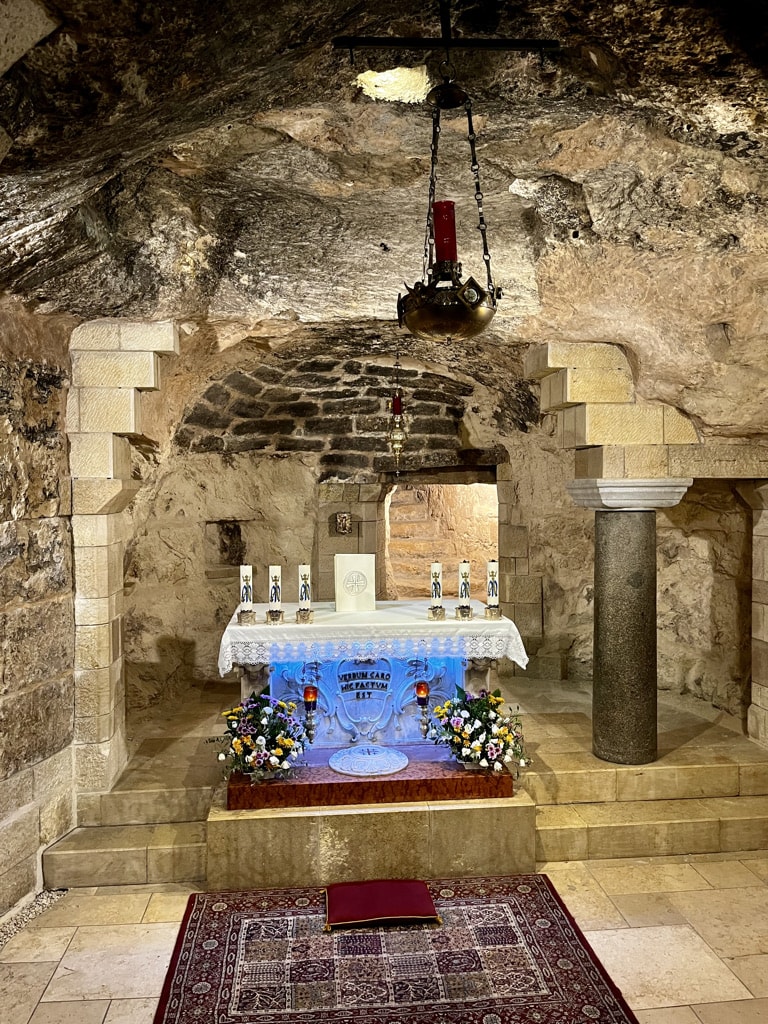
We parked in one of the private lots close to the main attraction, the Church of the Annunciation. This church is one of two contenders for the site of the Annunciation, where the angel Gabriel is believed to have appeared to the Virgin Mary, announcing the birth of Jesus. The church is believed to be where the house of the Virgin Mary originally stood.
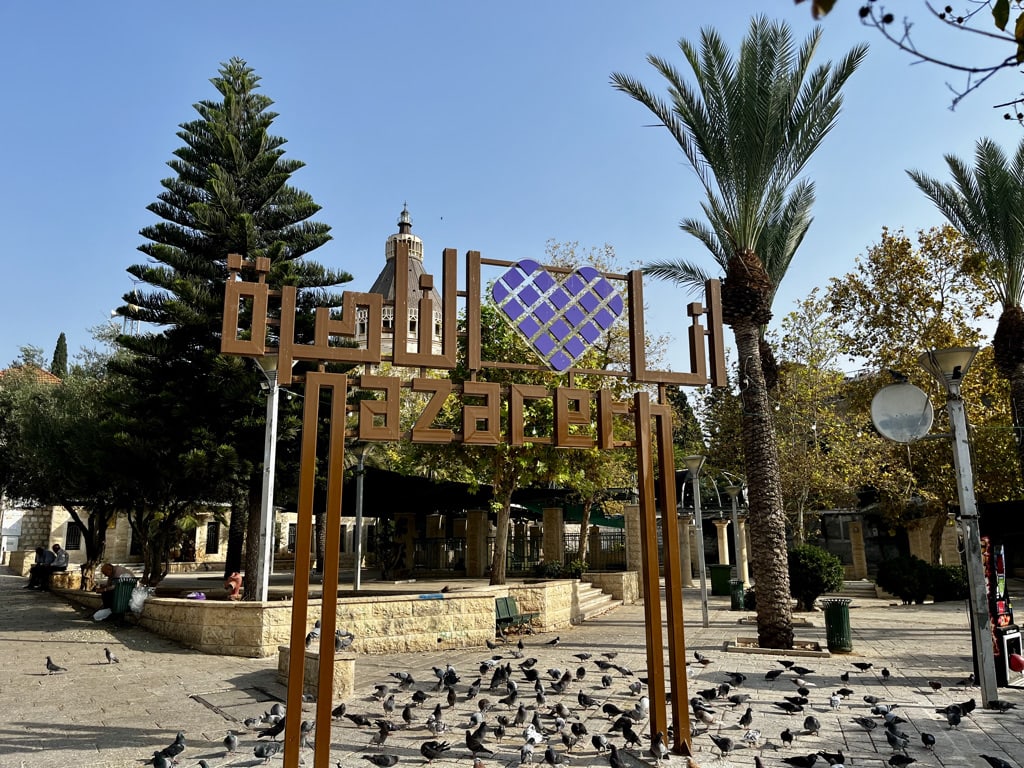
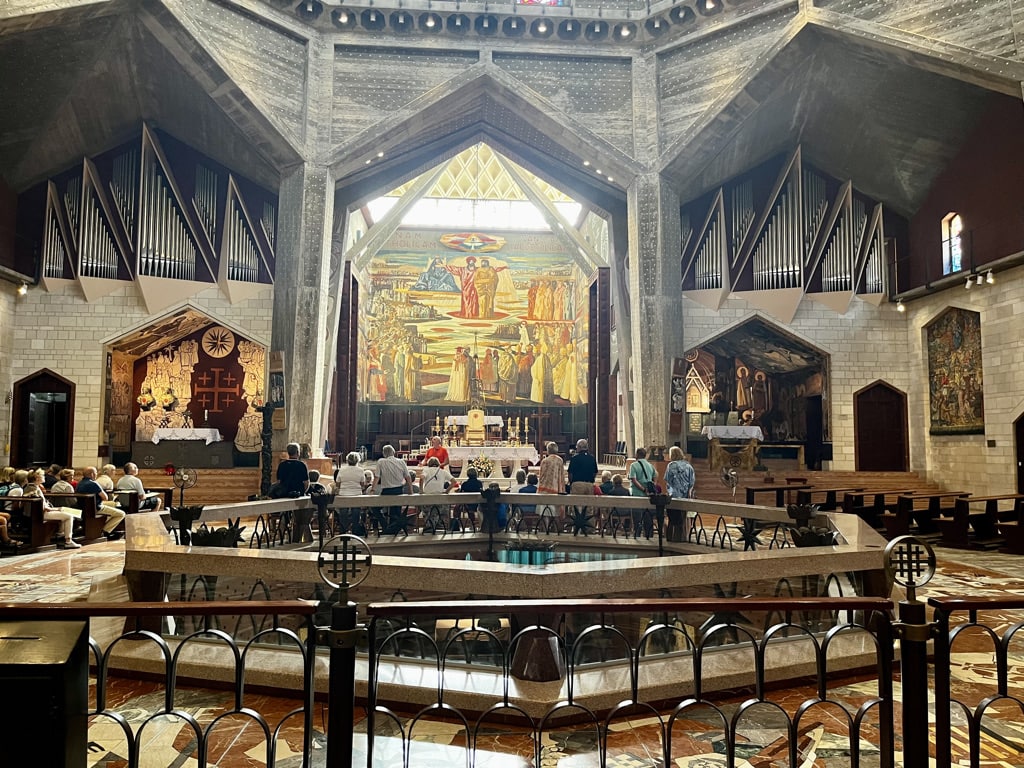
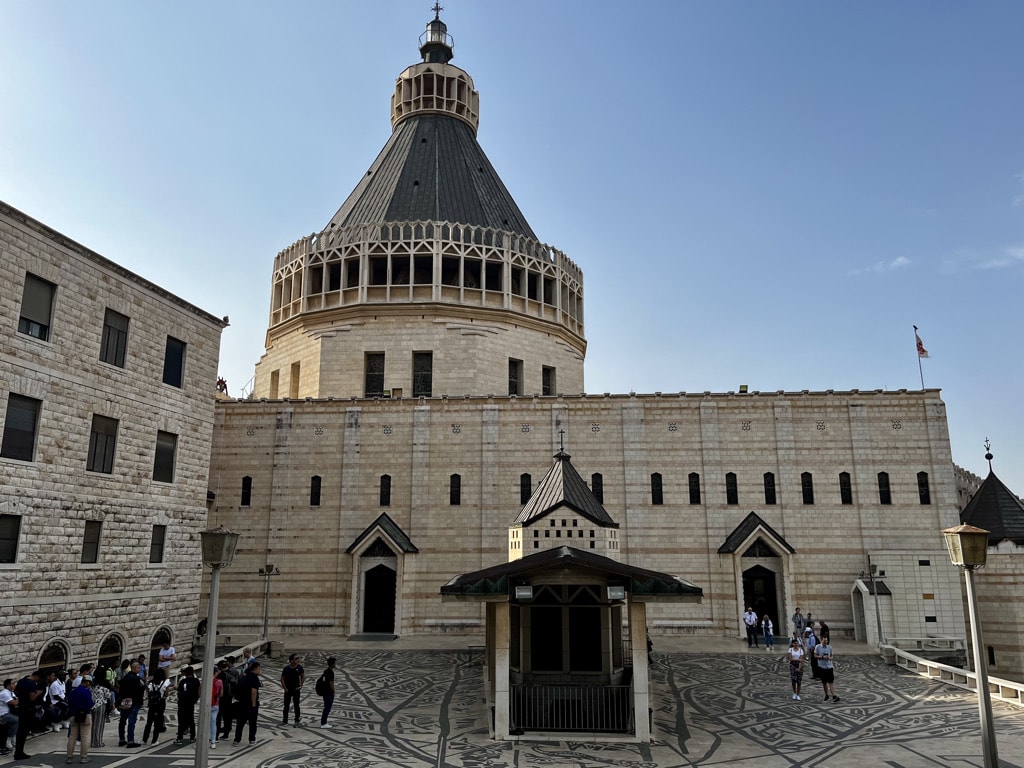
Gan HaShlosha National Park
Nazareth – Gan HaShlosha park: 35km, 40min
Around lunchtime, we found ourselves at a crossroads, needing to decide our next destination. We had two options: continue towards the Galilee Lake or explore Gan HaShlosha National Park with its naturally warm water lakes. While I would assume that the majority of tourists would choose option 1, we opted for option 2.
The lakes at Gan HaShlosha were amazing. We had a picnic lunch under the trees, swam in the lakes, and enjoyed the sun. It became evident that this is a destination not frequented by many tourists, as the majority of visitors were local.
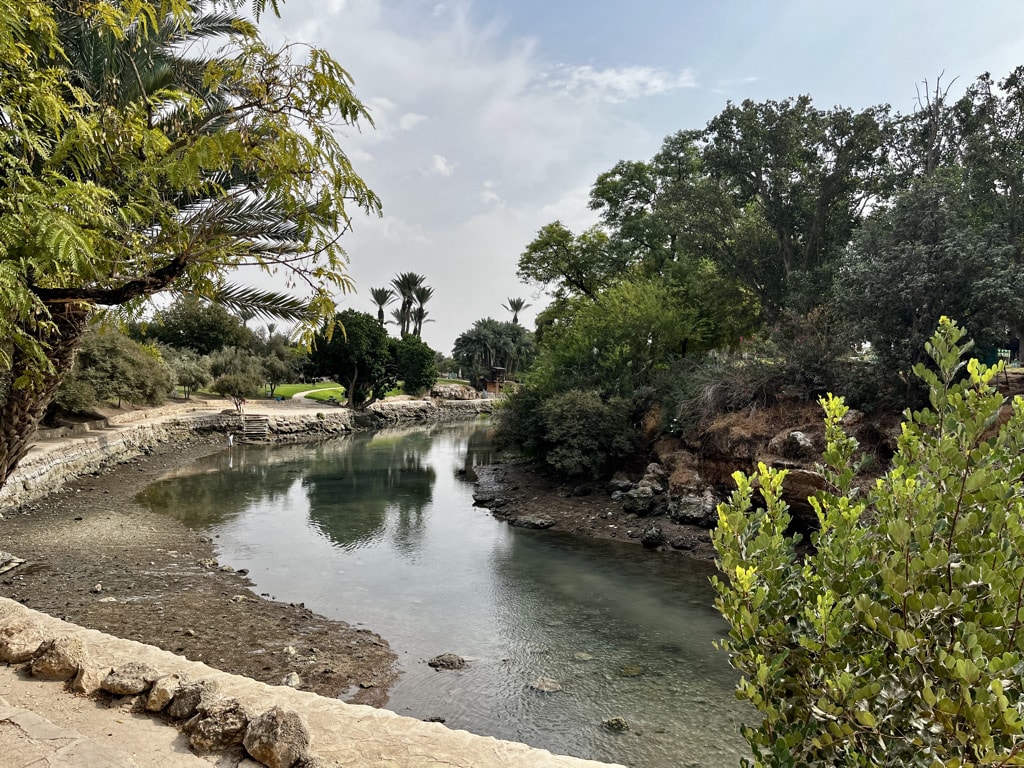
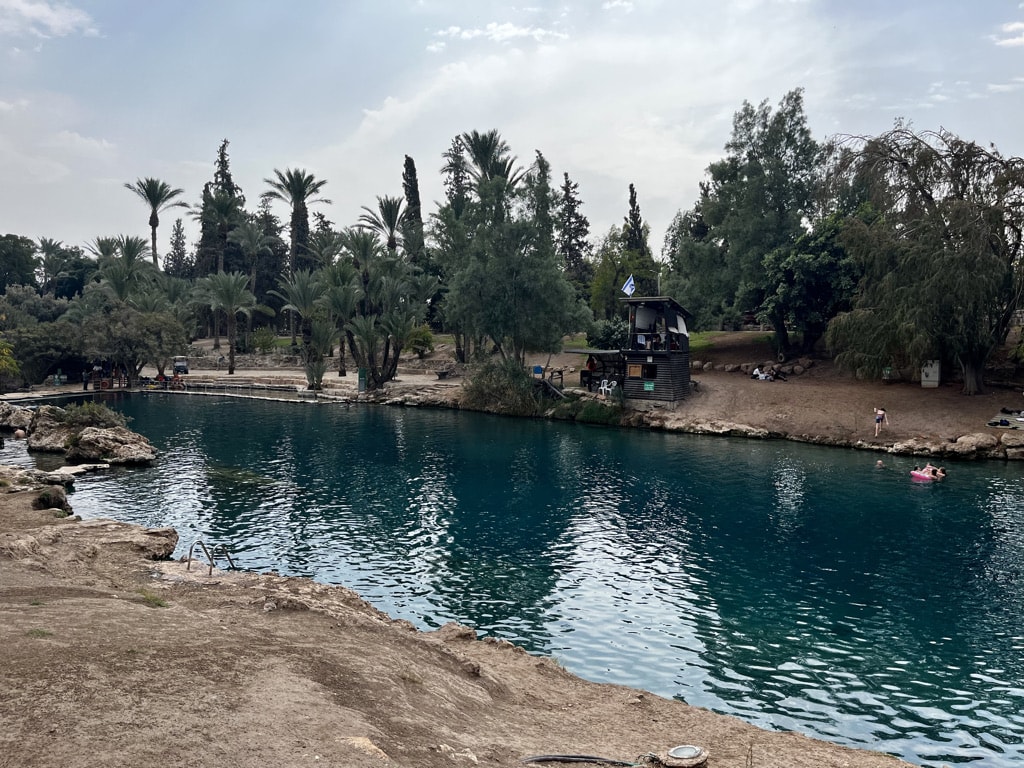
Gan HaShlosha National Park – Jerusalem: 155km, 2h 15min
The final destination for the day was Jerusalem. I set up the navigation, and we hit the road, anticipating a journey of about 1.5 hours. However, reality proved a bit more complex. After driving for approximately 20 minutes, we reached the West Bank border. It was then that I realized the remainder of the trip would continue through West Bank territory. This didn’t seem like the right option, not only for security reasons (considering it was me with my two daughters in the car) but also because of concerns about the validity of the rental car insurance in the West Bank.
I made the decision to turn around, facing the challenge that both Waze and Google Maps insisted on the West Bank route. To outsmart the navigations, I input Haifa as our destination and, after about 30 minutes of driving, switched it to Jerusalem. This strategy worked, as the navigation found a route via the Yitzhak Rabin Highway (Route 6), and late that evening, we finally arrived in Jerusalem.
The most crucial aspect of planning our stay in Jerusalem was securing accommodation with guaranteed private parking. I dedicated a substantial amount of time to this search, and it proved to be a worthwhile investment.
Given the busy nature of Jerusalem, I couldn’t imagine arriving in the evening and attempting to find parking—it would be a “mission impossible” task. During my search, I also took into account reviews from other people. While I came across places offering private parking, the reviews often discouraged me, with many indicating that the parking was tight and difficult.
I consider myself fortunate to have found The Haneviim Court – Isrentals apartments. The building had a spacious, easily accessible underground garage, making parking hassle-free. Additionally, the apartment was located approximately a 10-minute walk from the Jerusalem Old City—a perfect and convenient place to stay.

Day 5-6: Exploring Old Jerusalem
The moment we stepped into Old Jerusalem, we felt like we had entered a different world. The city is divided into four quarters: The Jewish Quarter, The Armenian Quarter, The Christian Quarter, and The Muslim Quarter. Each quarter is unique
The Christian Quarter:
With the Via Dolorosa, the path that Jesus took, compelled by Roman soldiers, on his way to crucifixion. We met numerous prayer groups walking from one station to another along this path. The journey concludes at the Church of the Holy Sepulchre, considered the holiest site for Christians worldwide, housing Jesus’s empty tomb, where he was buried and resurrected.
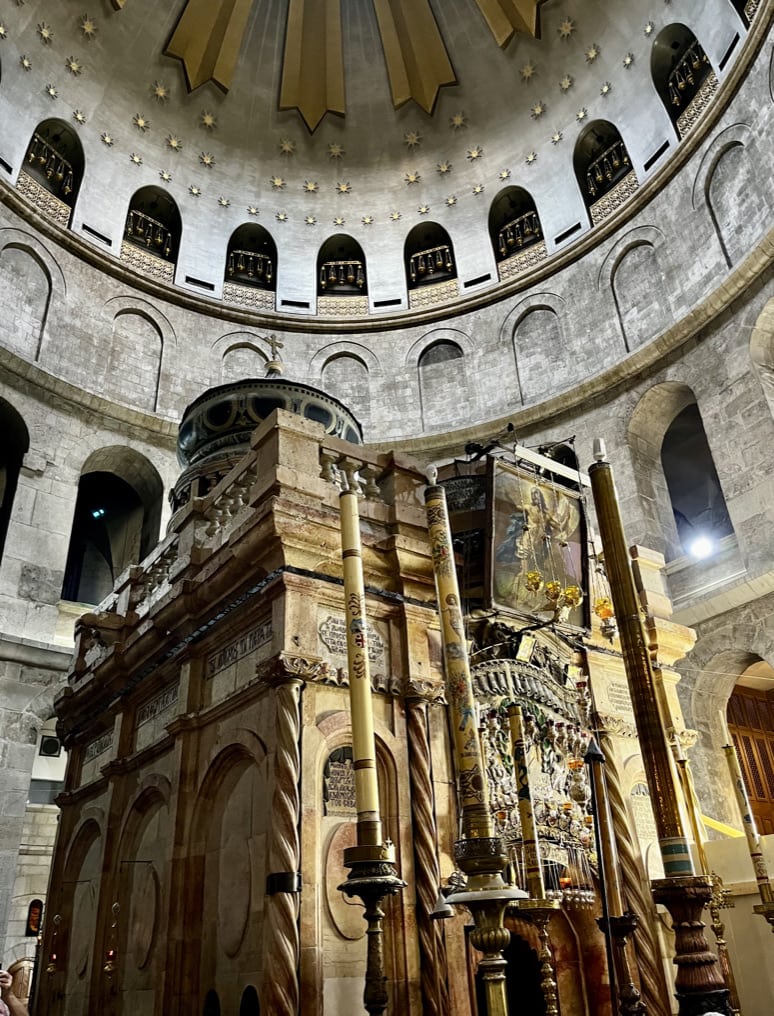
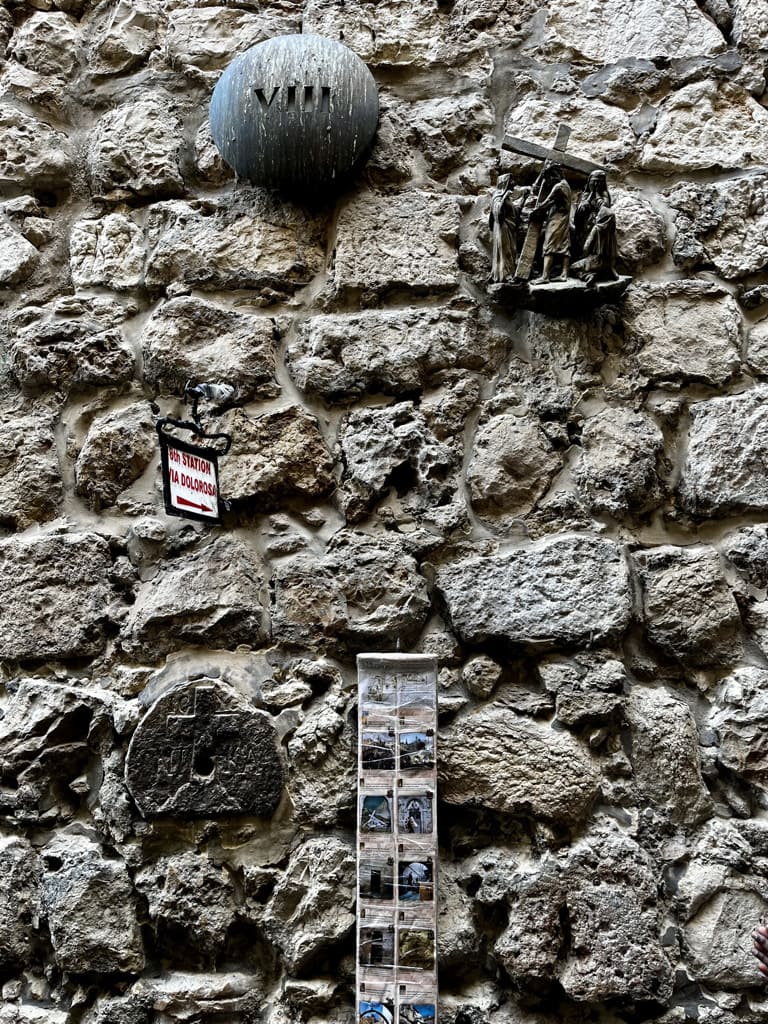
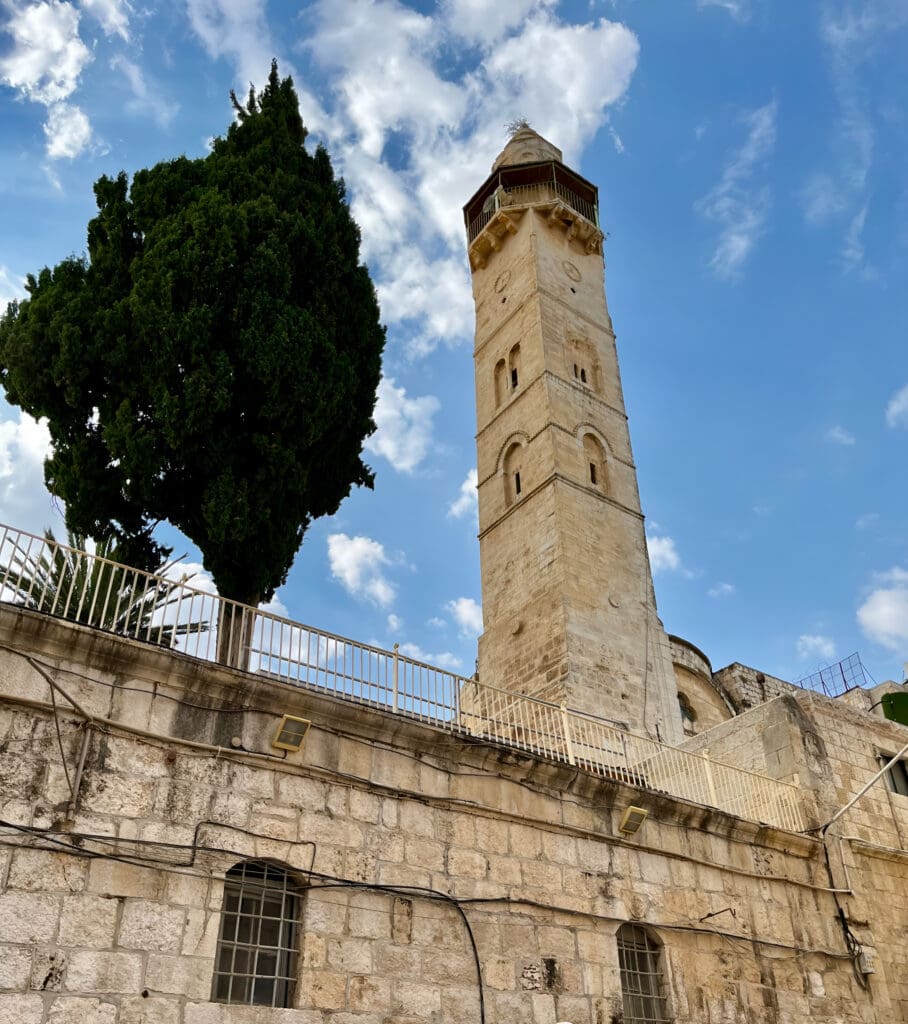
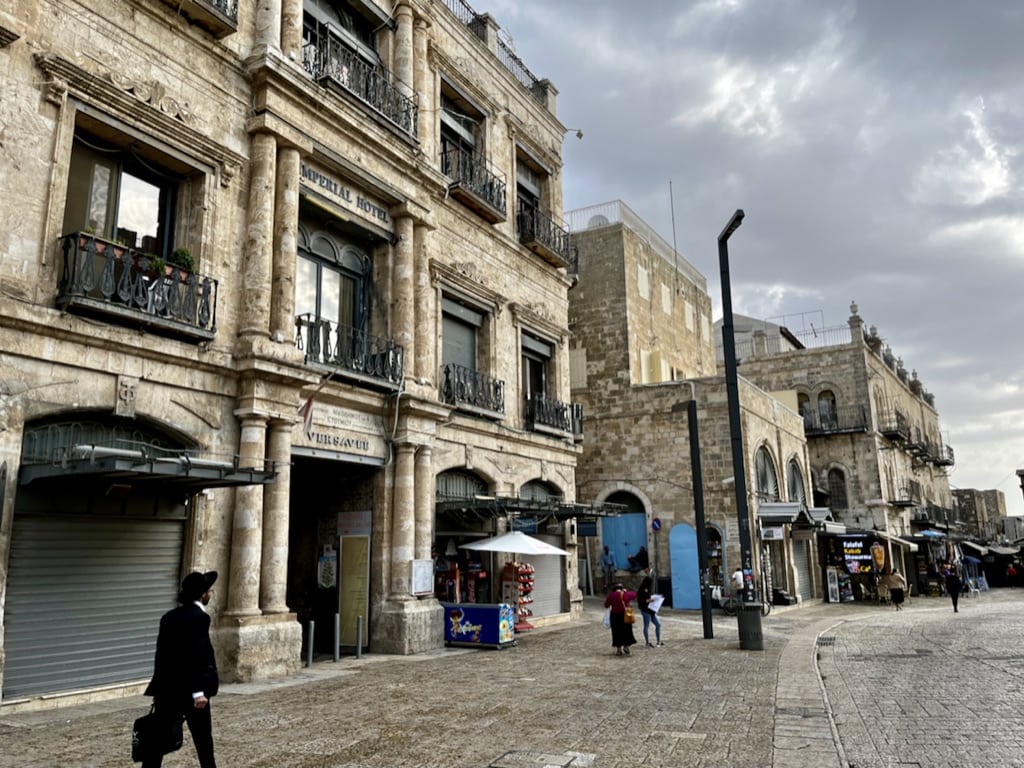
The Jewish Quarter:
This quarter represents calmness, characterized by houses of Ultra-Orthodox Jewish families leading their everyday lives.
The Western Wall Plaza, home to the famous Western Wall, is situated here. The areas for men and women are segregated, to approach the wall, one must choose the appropriate area.
Unfortunately, we missed the Western Wall Tunnels as tickets for the days we were in Jerusalem were sold out.
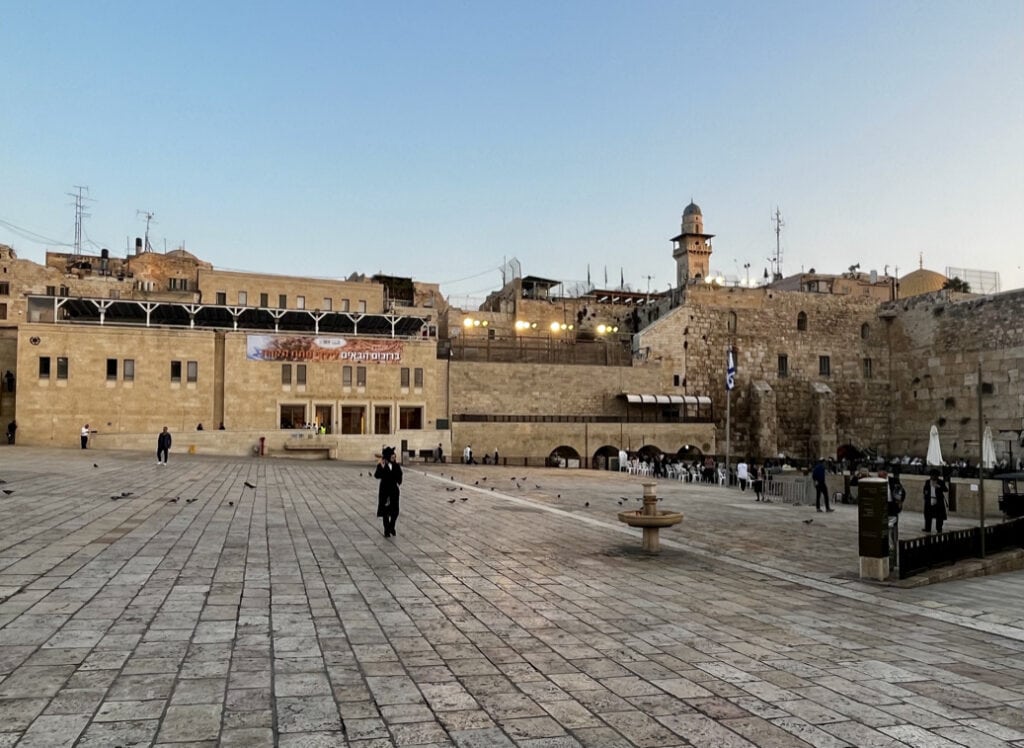
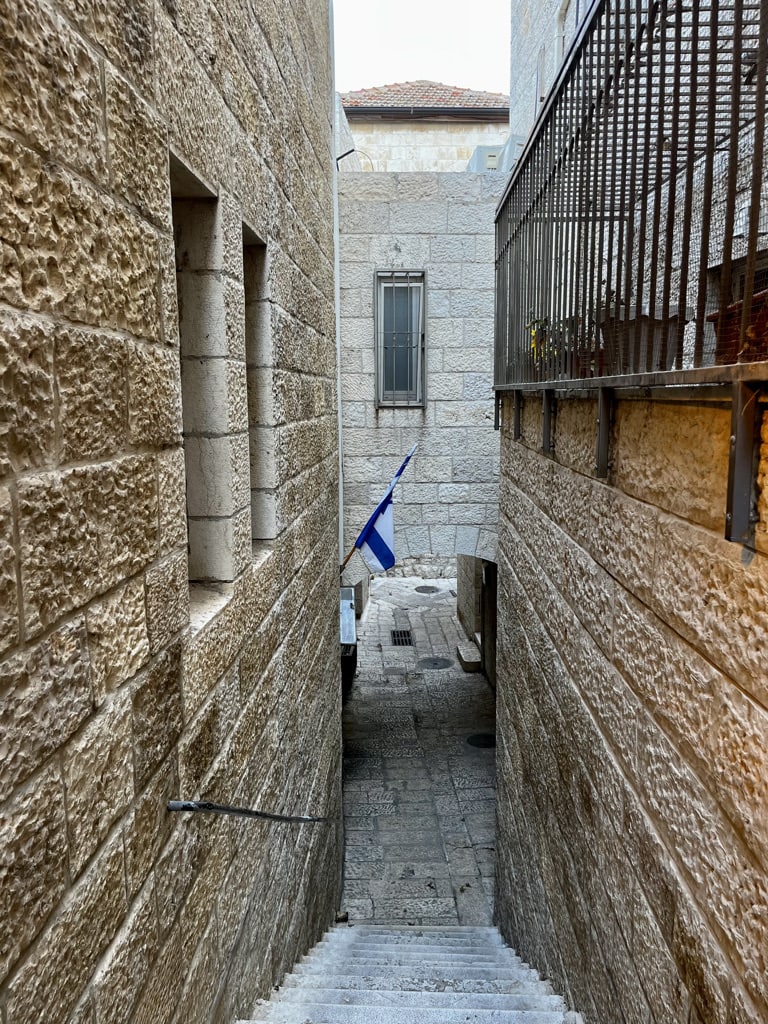

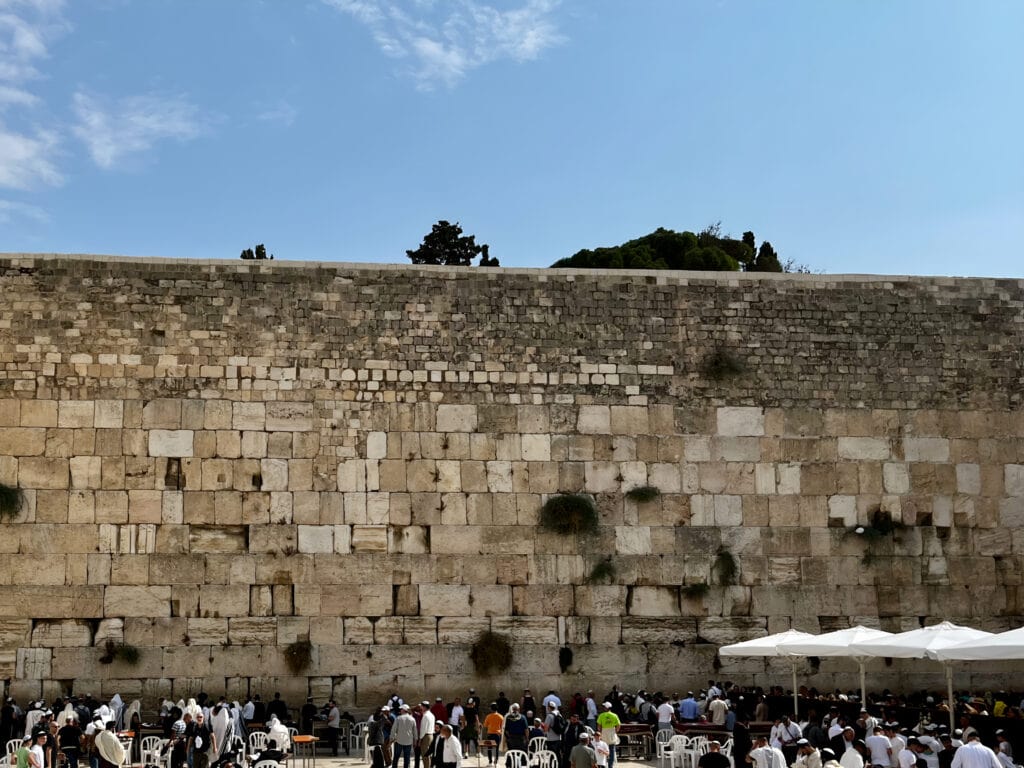
The Muslim Quarter:
It is characterized by bustling streets and vendors offering a variety of products. As the largest and most populous of the four quarters, it stretches from the Lions’ Gate in the east, along the northern wall of the Temple Mount in the south, to the Damascus Gate—Western Wall route in the west.
The Temple Mount:
As the third holiest site for Muslims after Mecca and Medina, it’s a must-see place. Access is limited to certain days and hours. While we couldn’t make it on our first day, we woke up early on the second day for an amazing experience. Walking through the empty streets of Old Jerusalem around 7 am, we reached the Temple Mount as some of the first visitors. This allowed us to experience and absorb the unique vibe of this place.
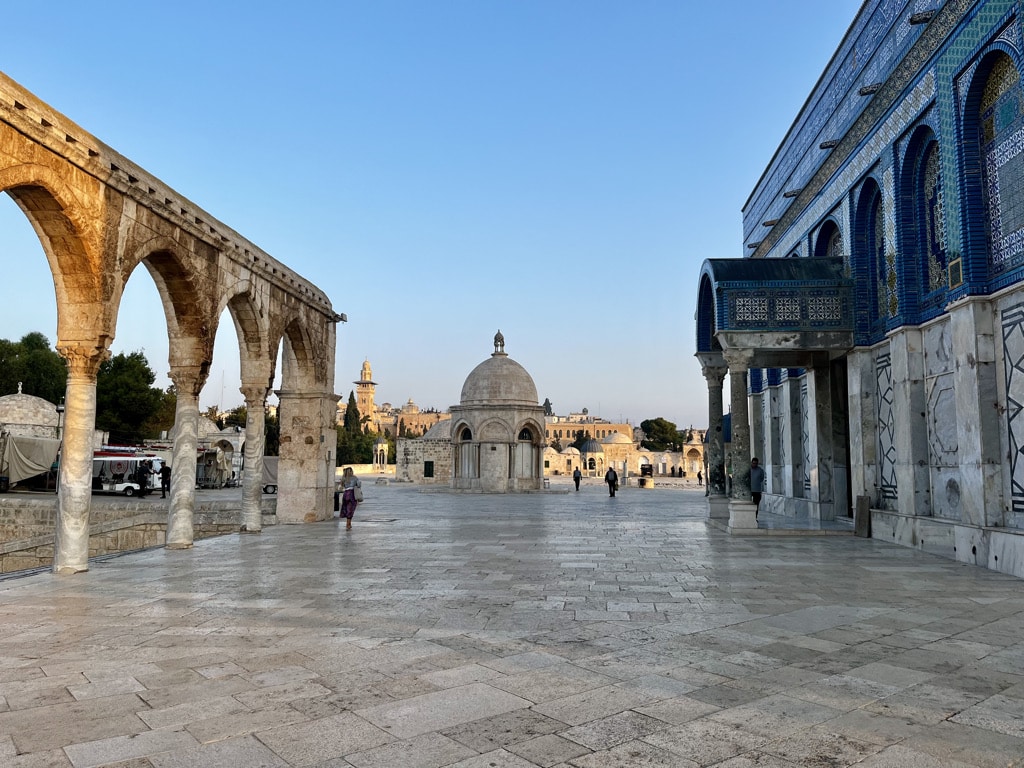
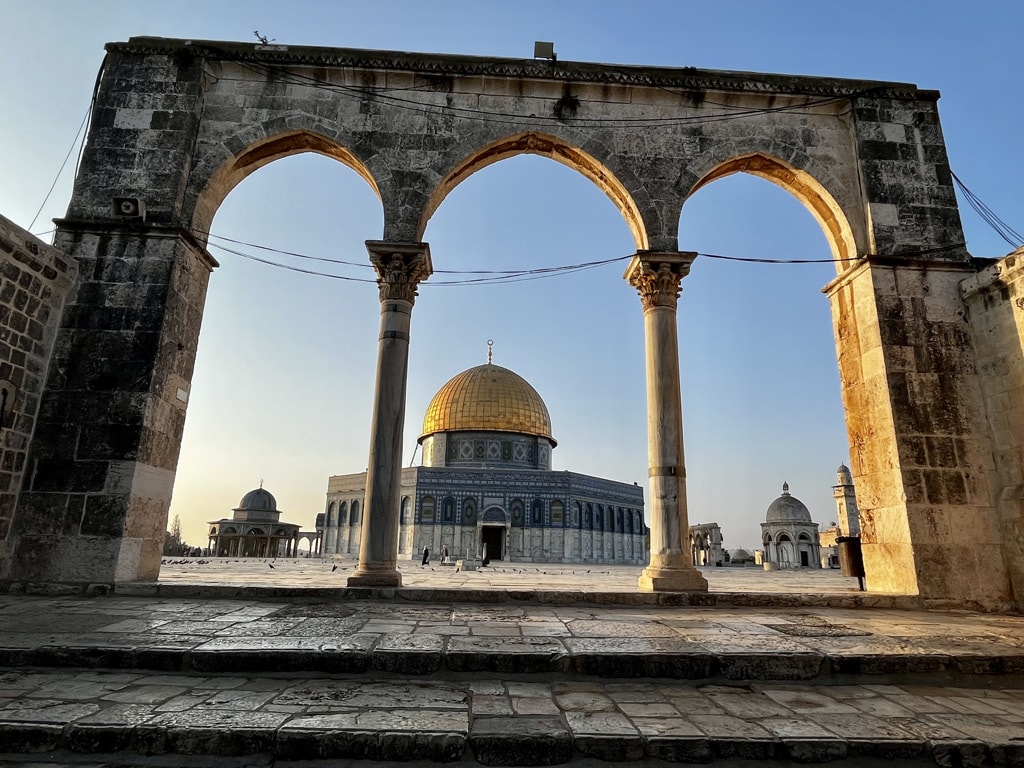
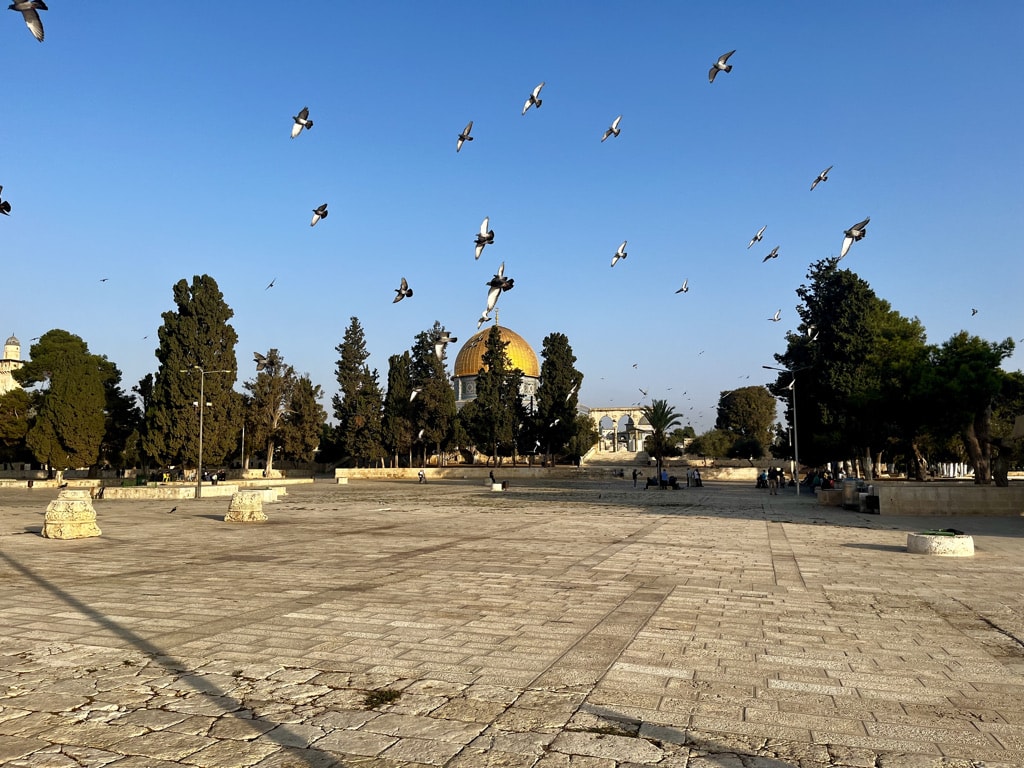

The Armenian Quarter:
A town area in which Armenians formed a self-sustaining community. The enclave includes churches, schools, public and social institutions, residences, and historical monuments. Central to it is the St. James Armenian Convent and the Armenian Patriarchate.
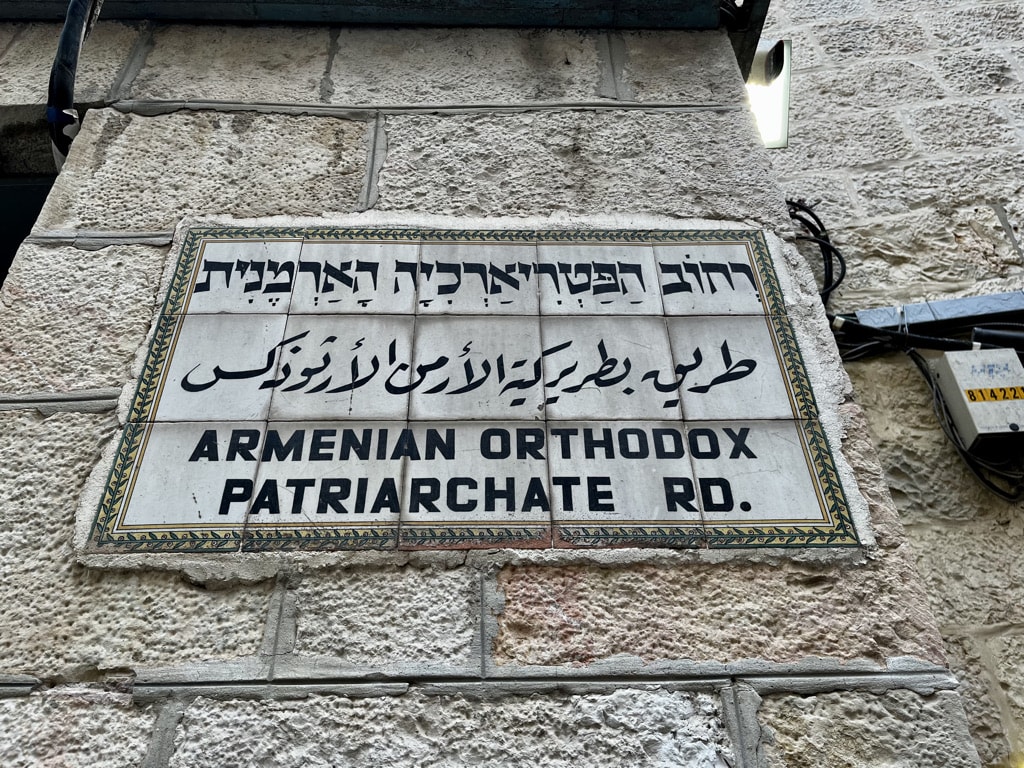
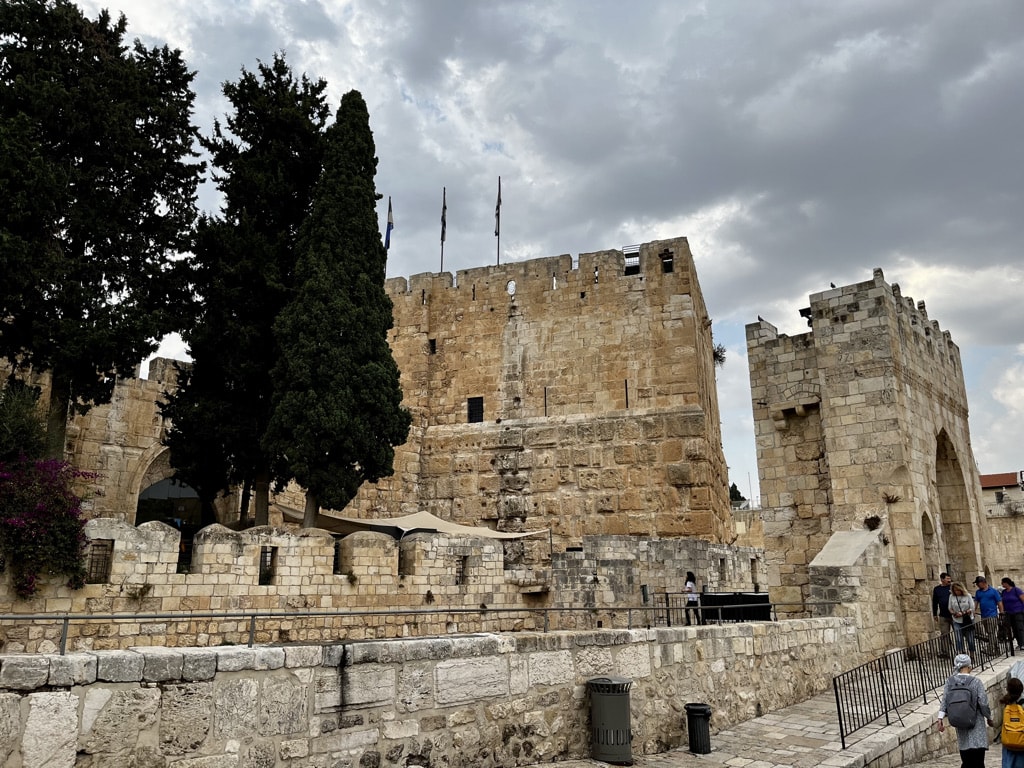
Walls of Jerusalem
To see Jerusalem from a different perspective, we did a walk around the Walls of Jerusalem. There are 2 sections, so we did one, had a coffee break, and then did the other one. We really enjoyed it as it offered views of the entire city.
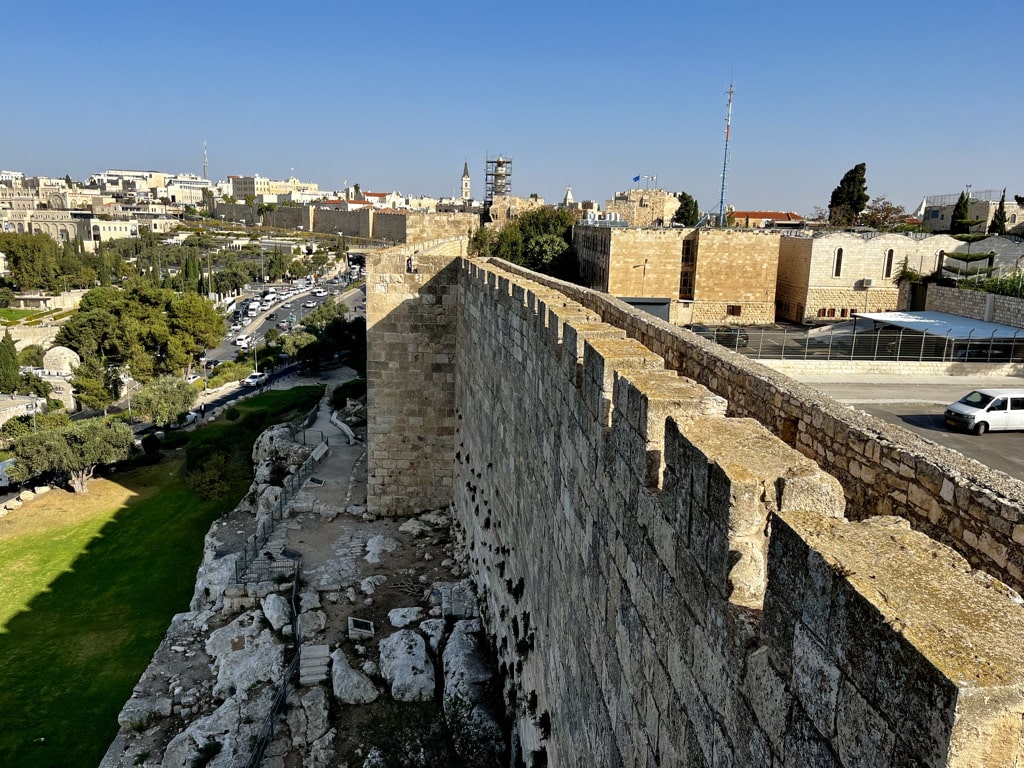
Day 7: Jerusalem – Masada Fortress – Dead Sea – Jerusalem
Masada
Jerusalem – Masada: 99km, 1,5hour
Visiting Masada and the Dead Sea makes for a perfect day trip from Jerusalem, and key recommendations are: arrive at Masada early in the morning, it does get hot there. Don’t forget to take water with you. And book entry tickets in advance.
We visited Israel just after the Covid crisis, I didn’t feel the need to book tickets. Luckily, as we were among the first visitors, we managed to buy tickets on the spot. But we were asked if we had an online reservation.
Parking at the lot below the main entrance hall, we chose the cable car ride to reach the Masada fortress over the voluntary walk that some tourists undertake.
Masada is a fortress in the Judaean Desert, offering beautiful view of the Dead Sea. Originally built as a palace complex during the early Roman Empire by King Herod the Great, it stands as a symbol of the ancient kingdom of Israel. Masada recounts the story of its violent destruction and the heroic last stand of Jewish patriots against the Roman army in 73 A.D.


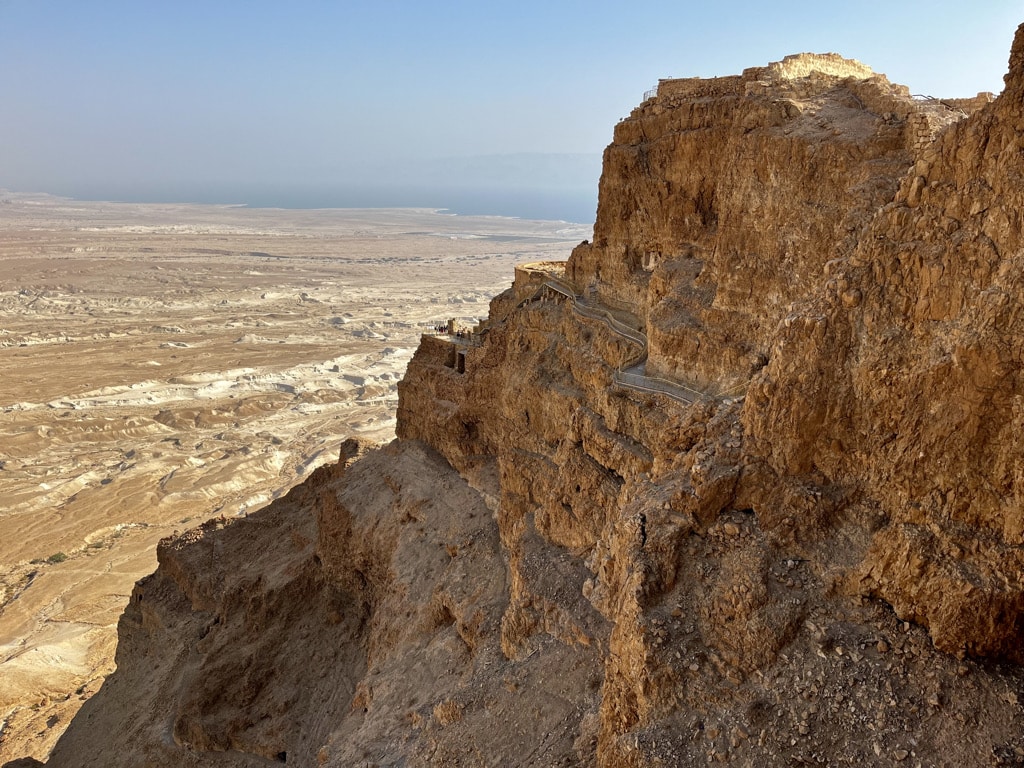

Ein Bokek, Dead Sea
Masada – Ein Bokek: 19km, 20min
We completed our exploration of Masada around 10:30 am, and the heat was already intense. We had a cool drink at the entrance coffee shop and then continued to the Dead Sea.
I studied the Dead Sea beaches a lot. It is not always easy to grasp where to go. Many resorts have private beaches but those are for their clients only. Anyway, the place for the half-day Dead Sea experience is Ein Bokek public beach. It is equipped with facilities like toilets, beach showers, chair rentals, and beach guards. The only drawback is that Dead Sea mud isn’t freely available; you can purchase it at a local shop near the beach.
We parked at the paid parking space opposite the Dead Sea Mall. Note that there are park meters, and cash was required during our visit—perhaps they’ve upgraded to card payment machines by now.
Floating in the Dead Sea is truly amazing, and we spent a delightful afternoon savoring the experience.
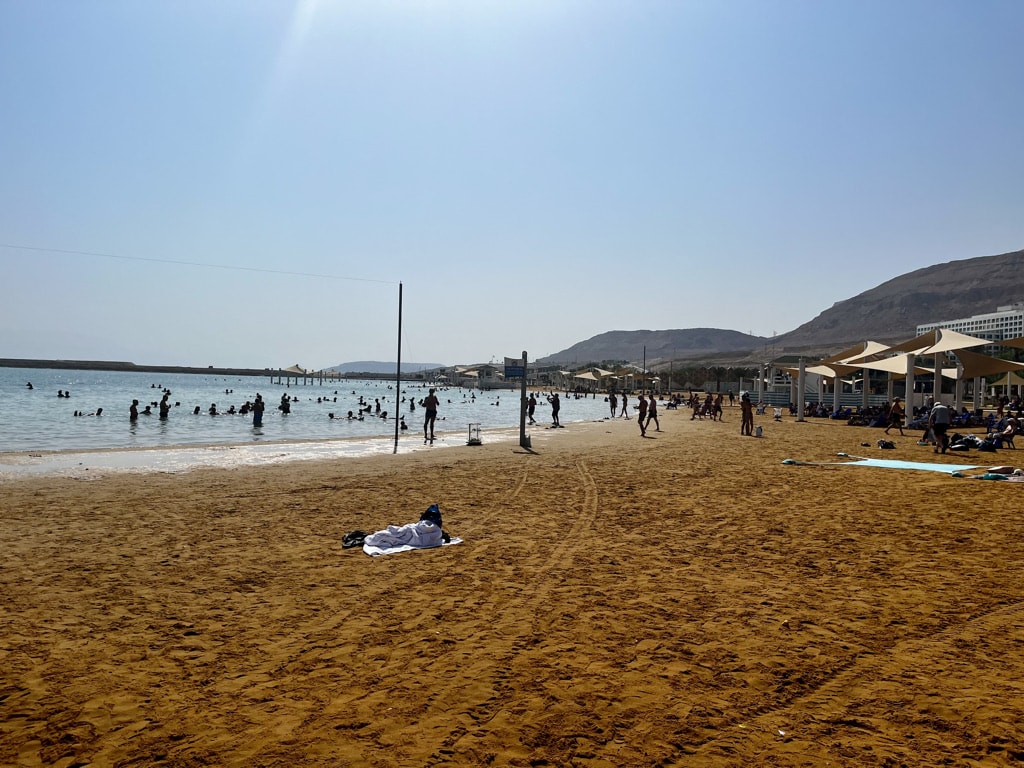

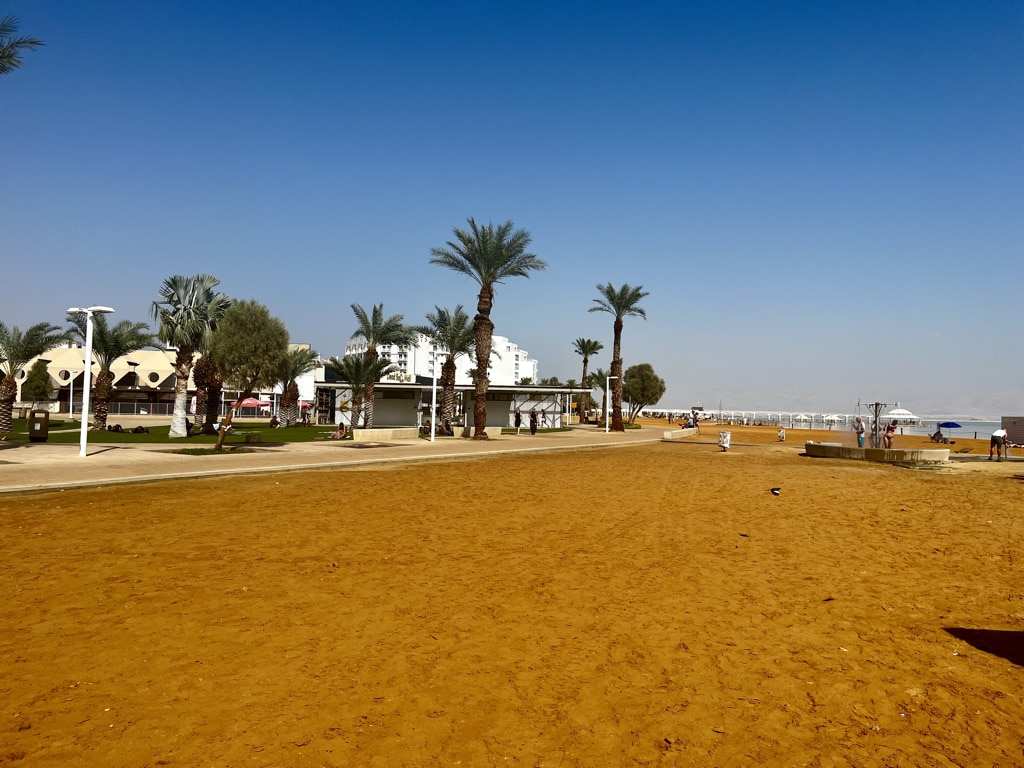
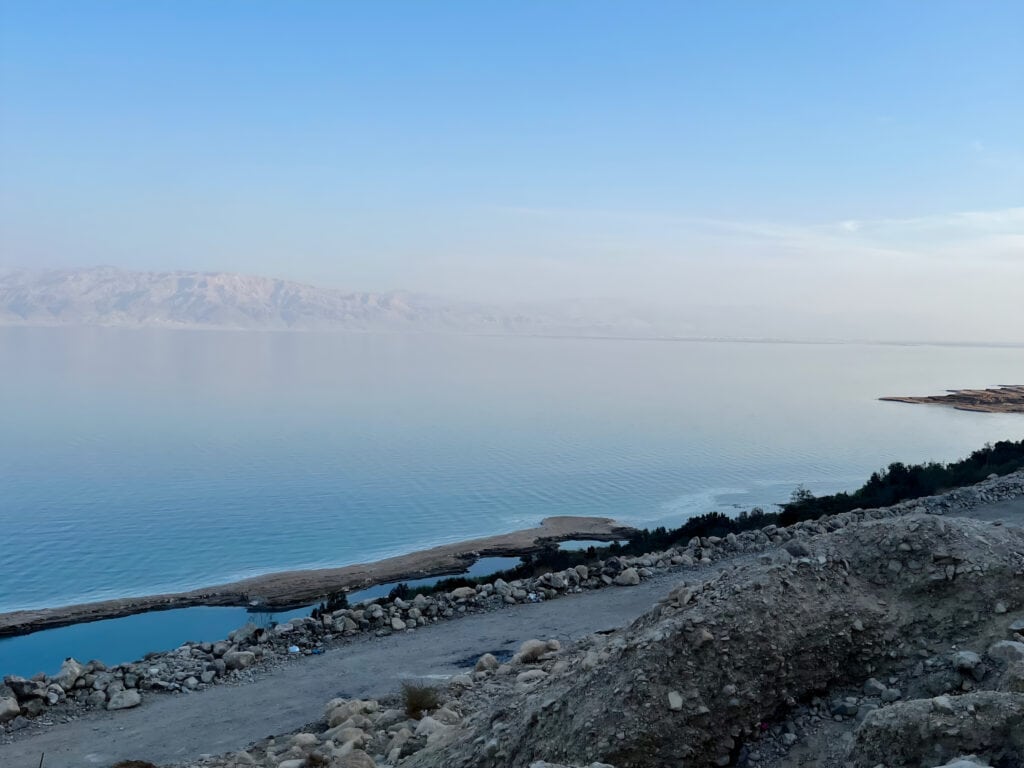
Day 8: Jerusalem – Tel Aviv – return to Prague from our road trip to Israel
On the final day of our road trip, we packed up in Jerusalem to enjoy a half-day at the Tel Aviv beach before catching our flight back to Prague. Returning the car was convenient, thanks to the Hertz rental office right at the airport terminals.
The road trip to Israel was truly amazing, and I hope tourists will be back soon to this beautiful, culturally rich country.
